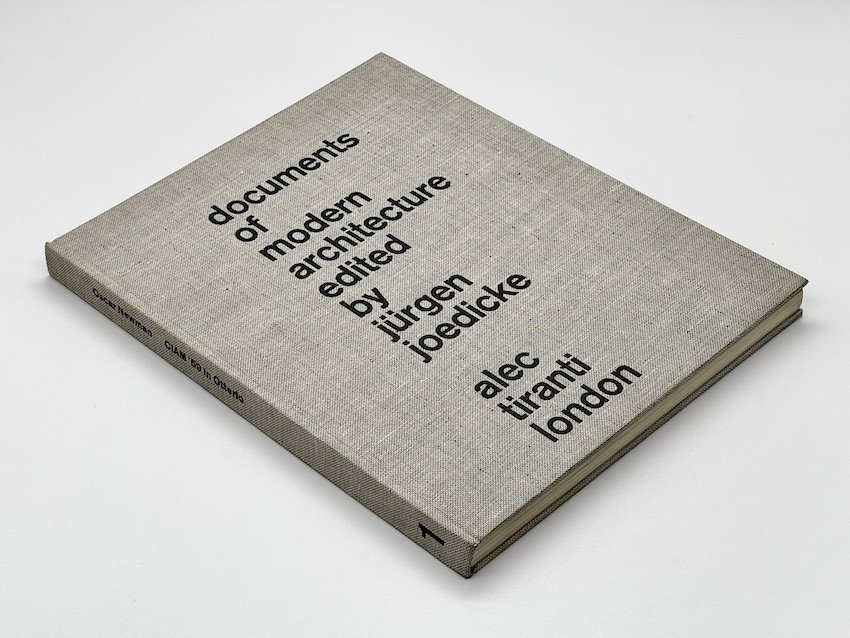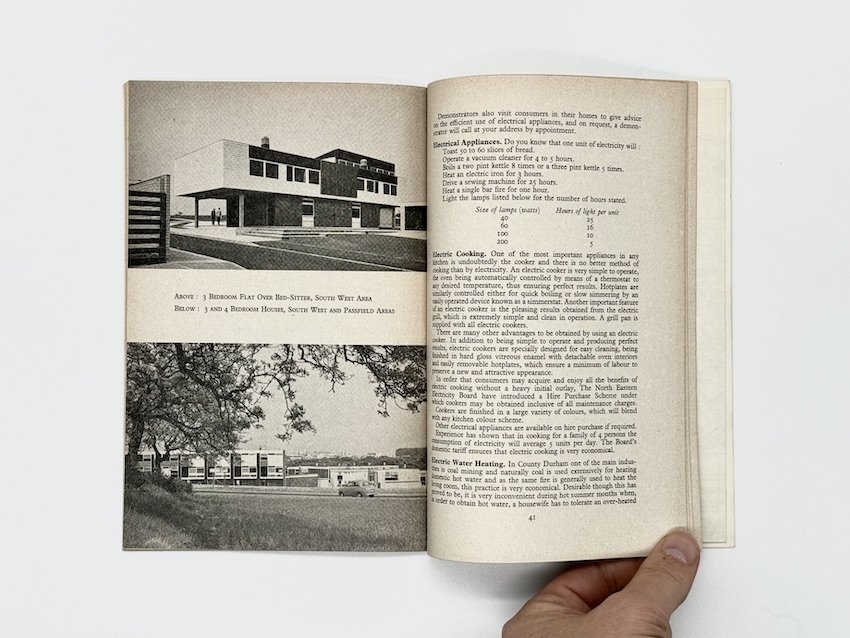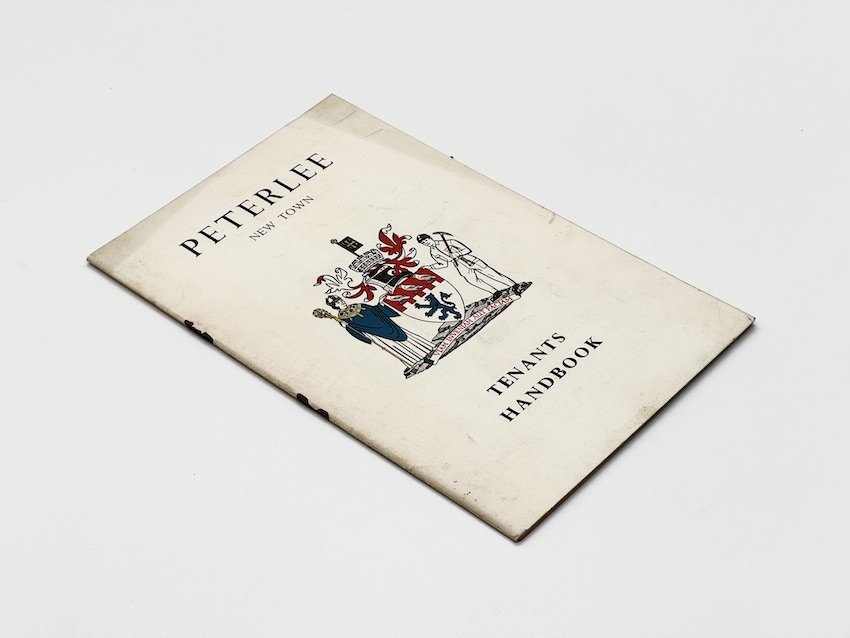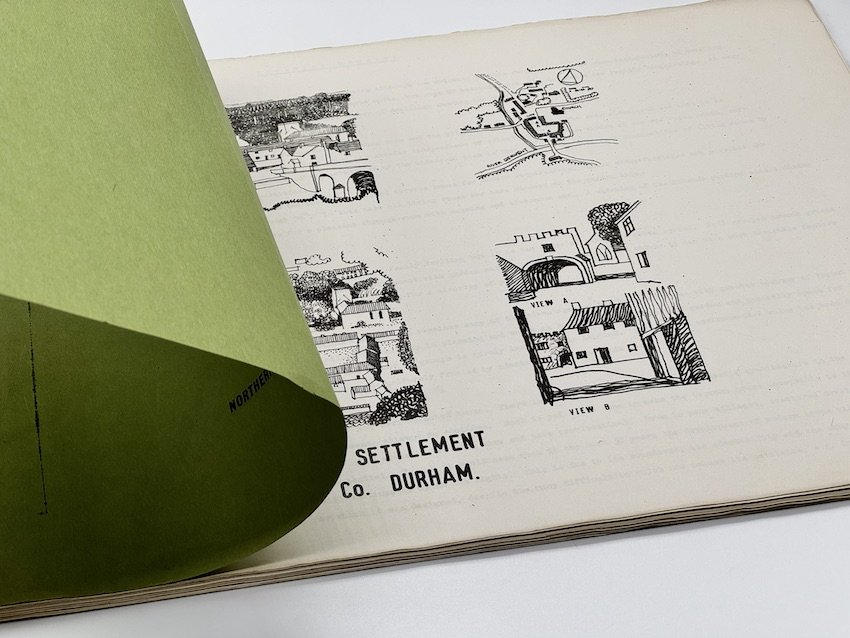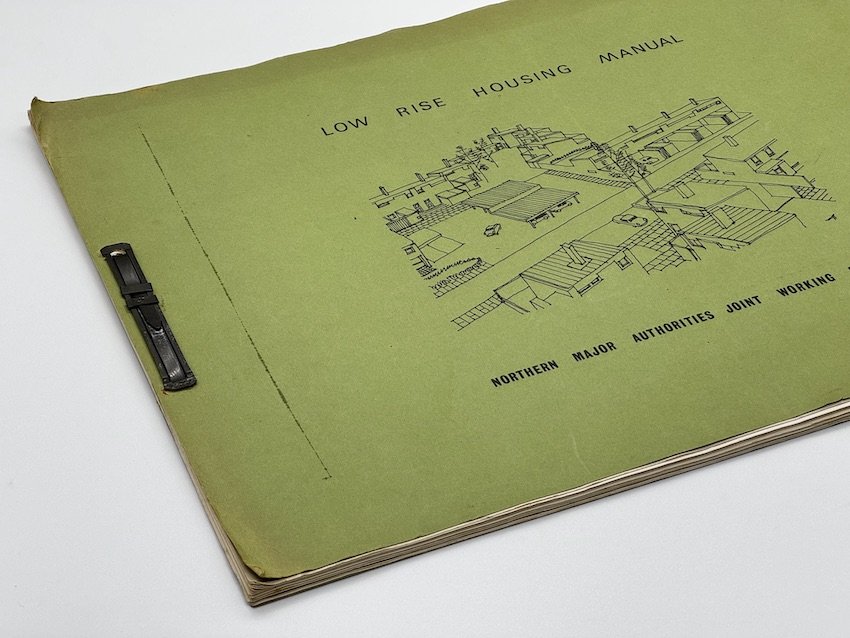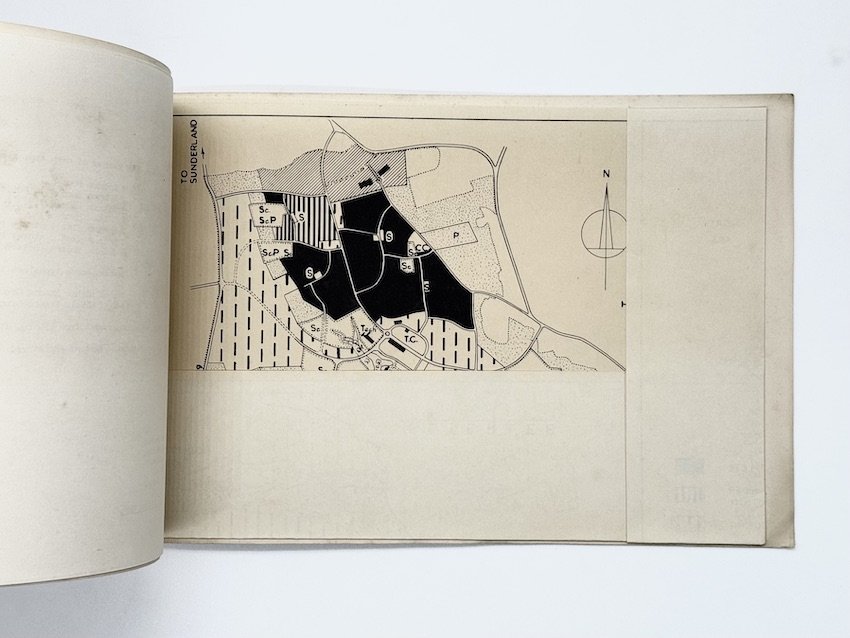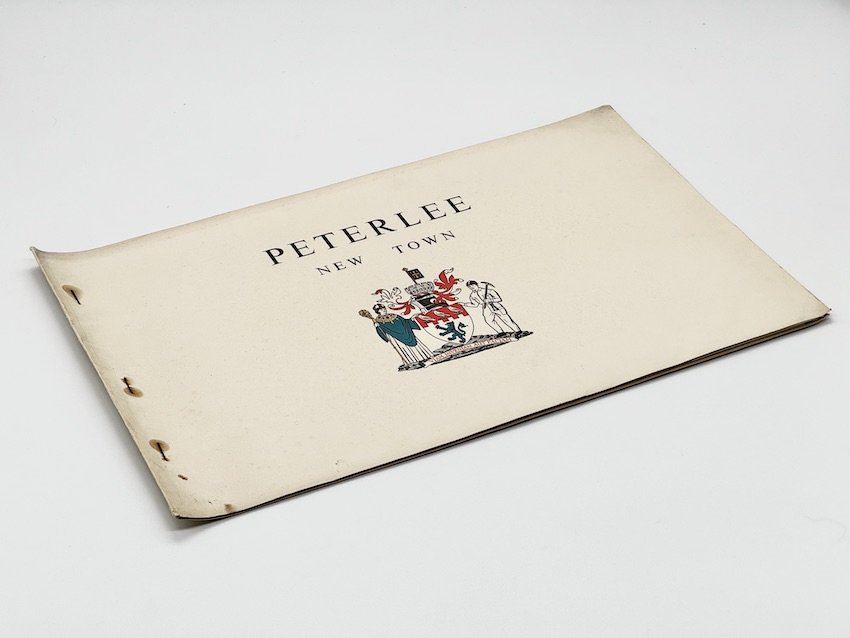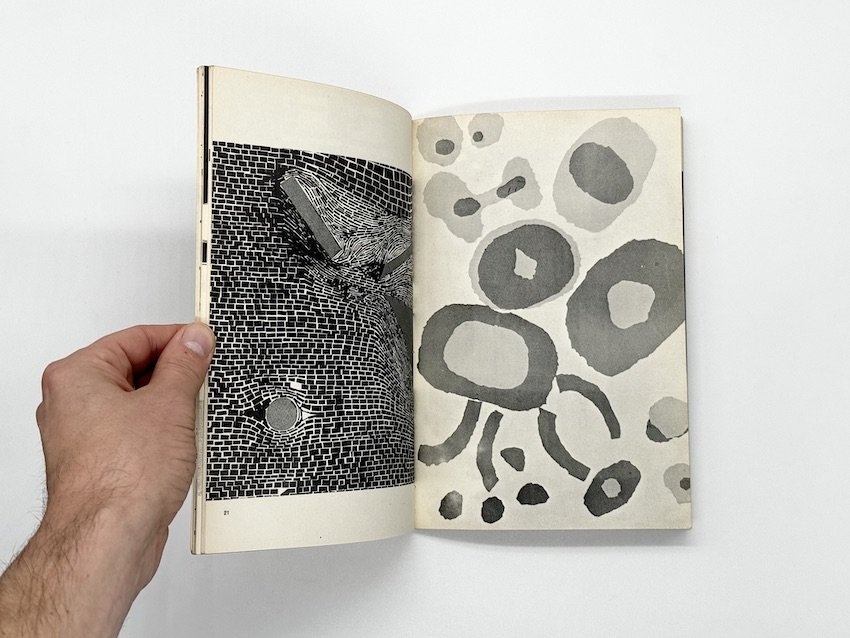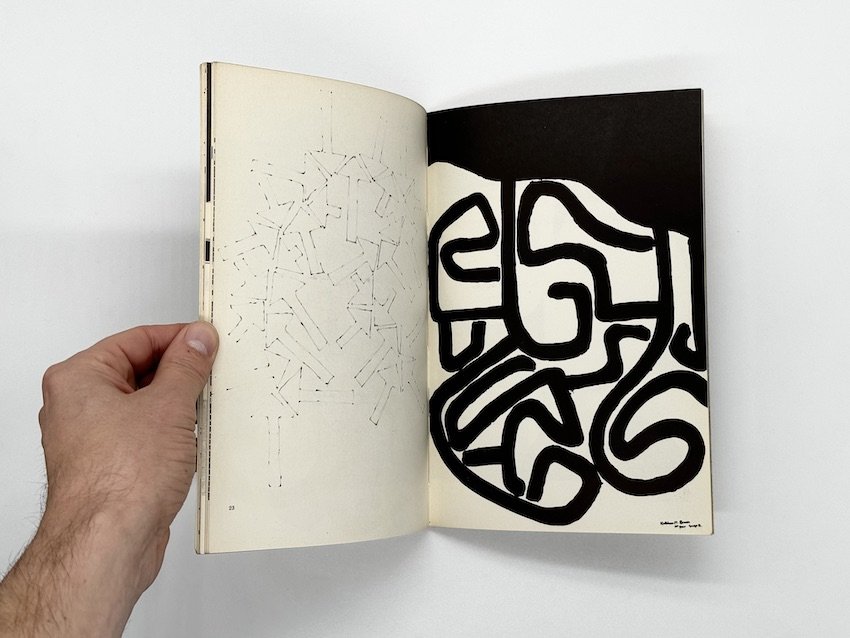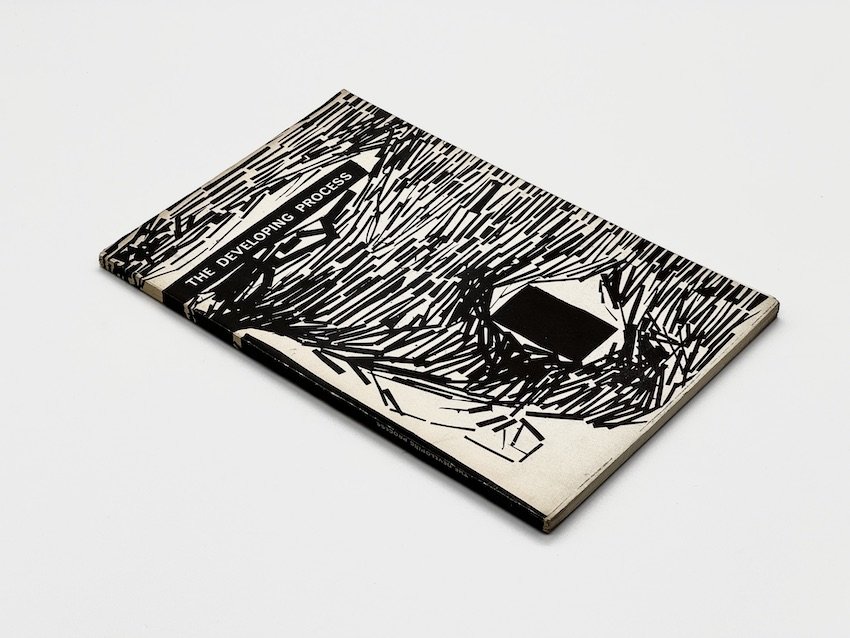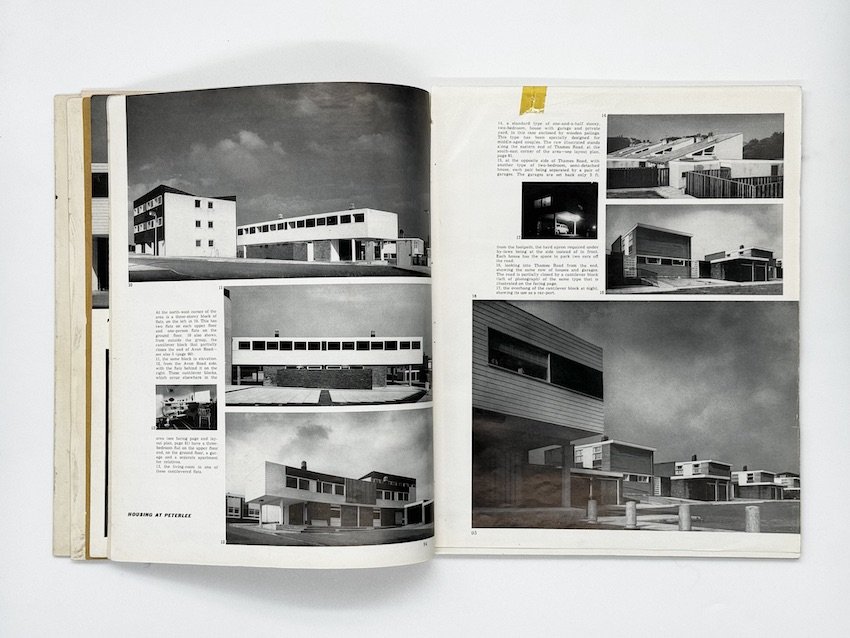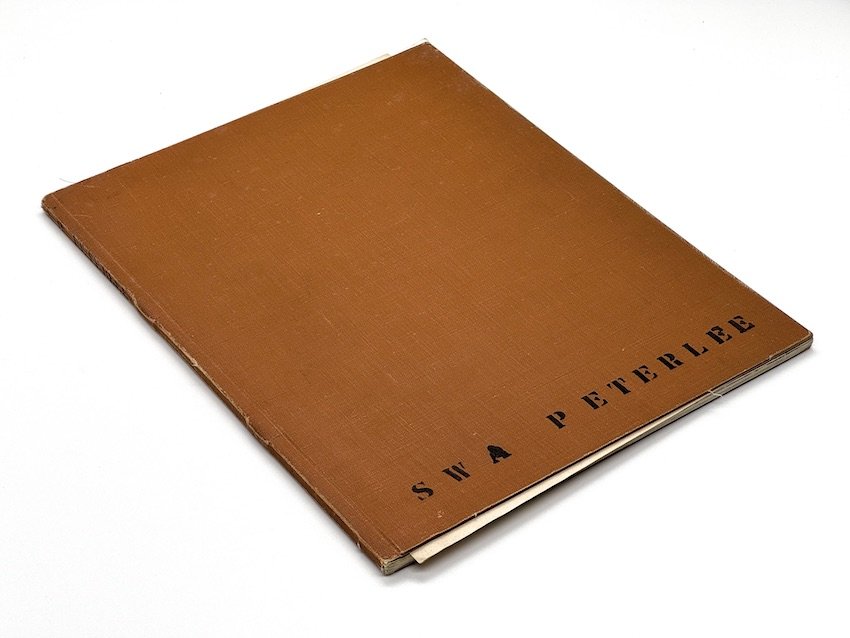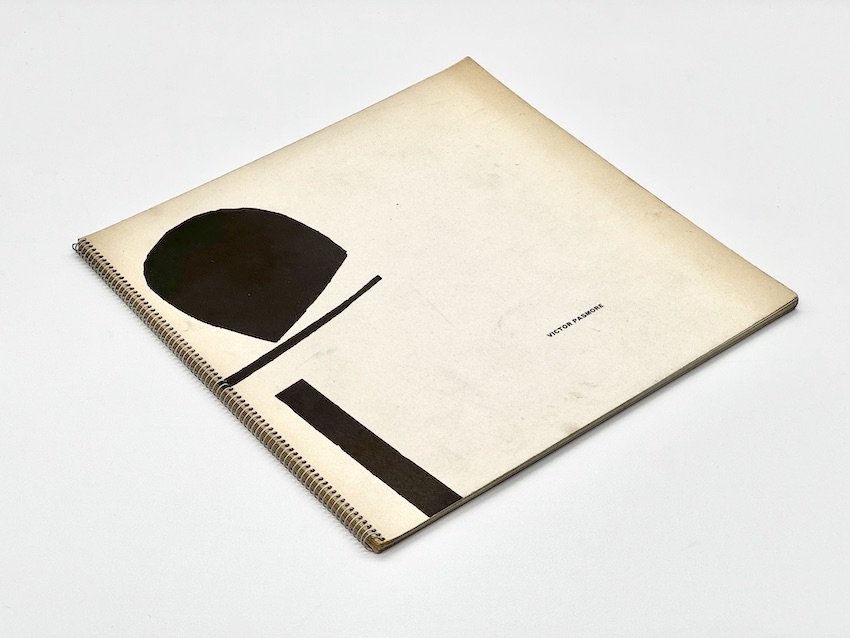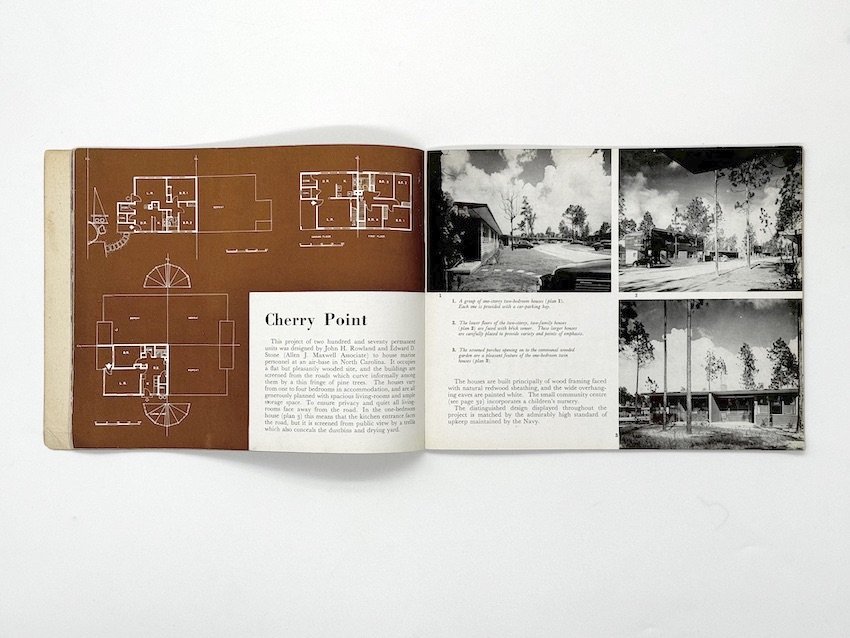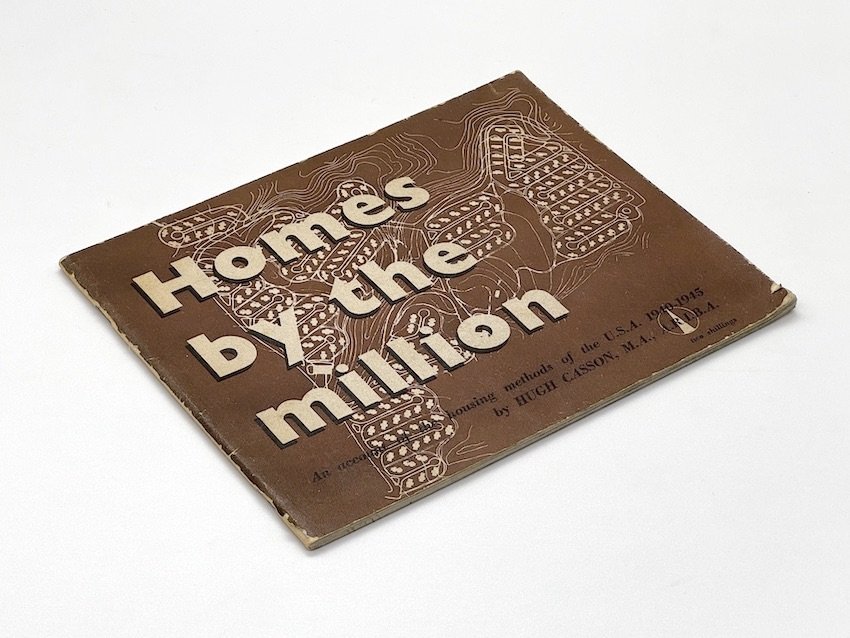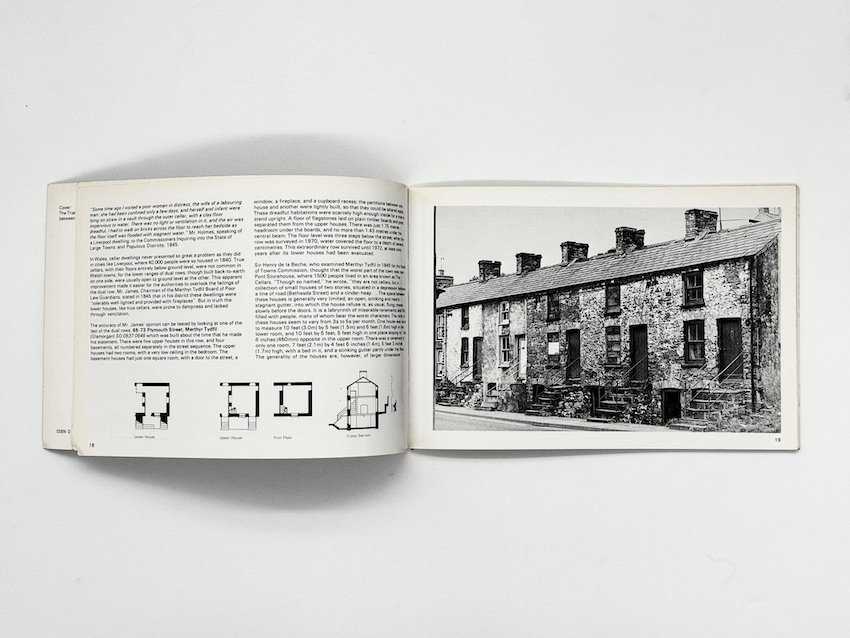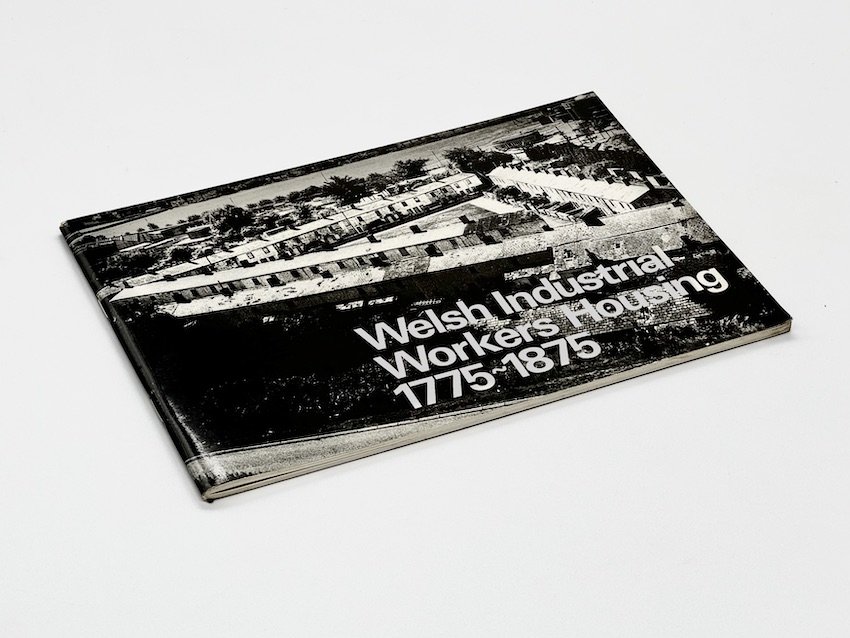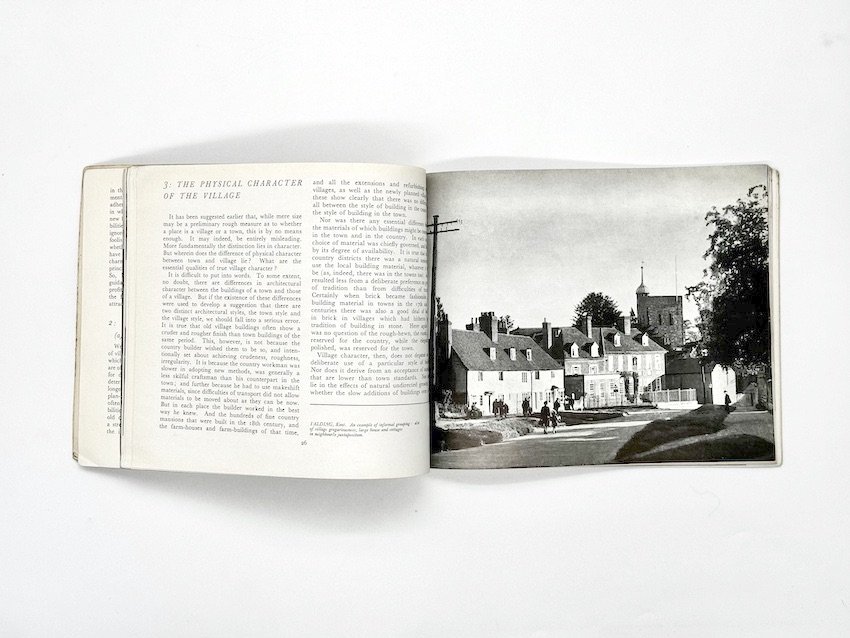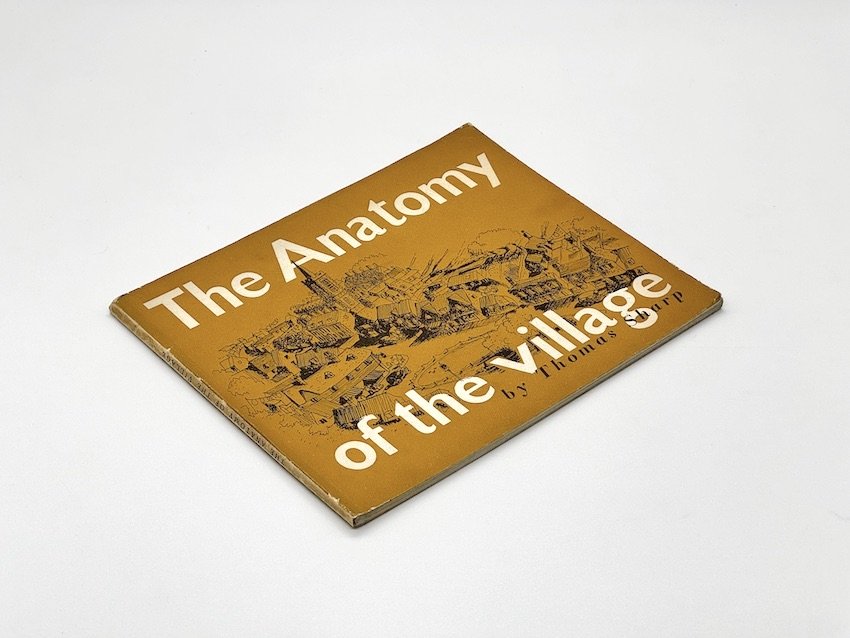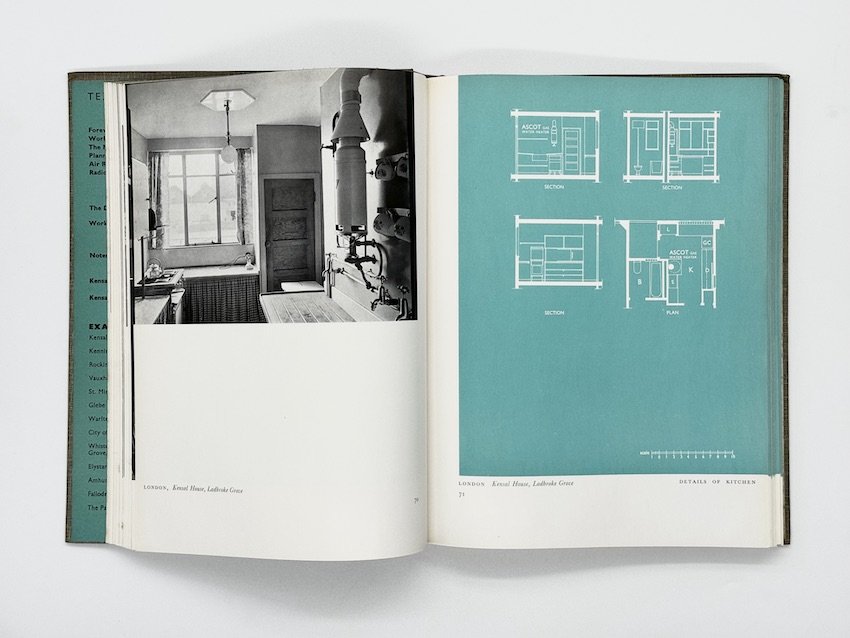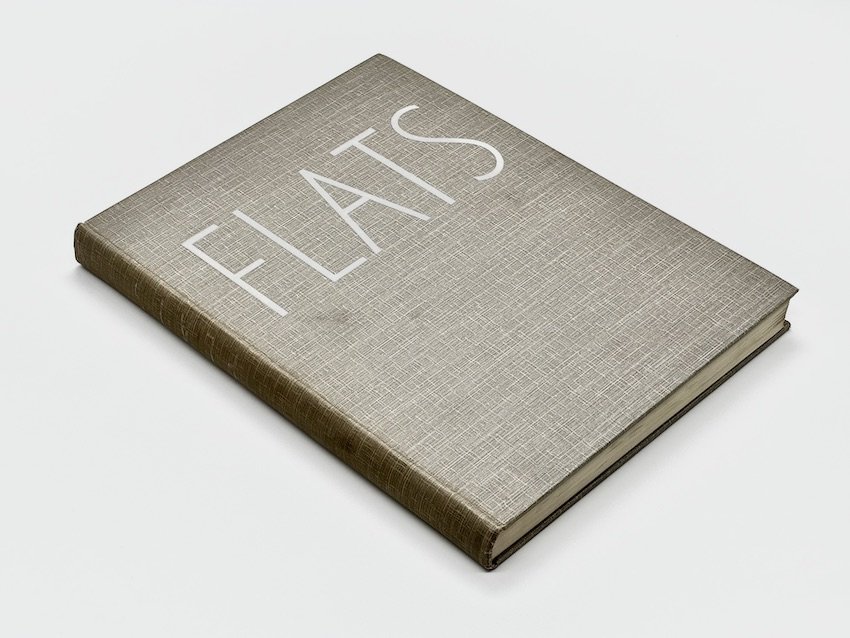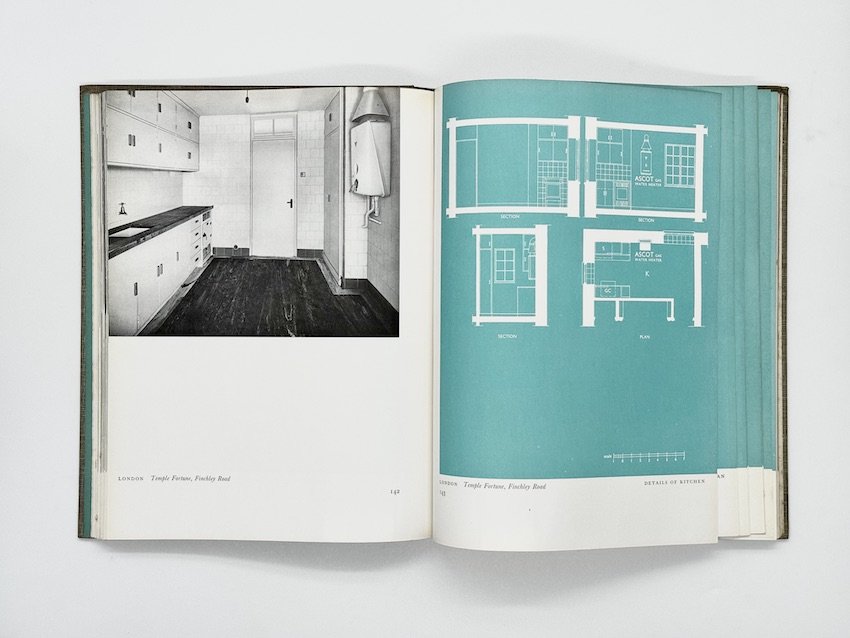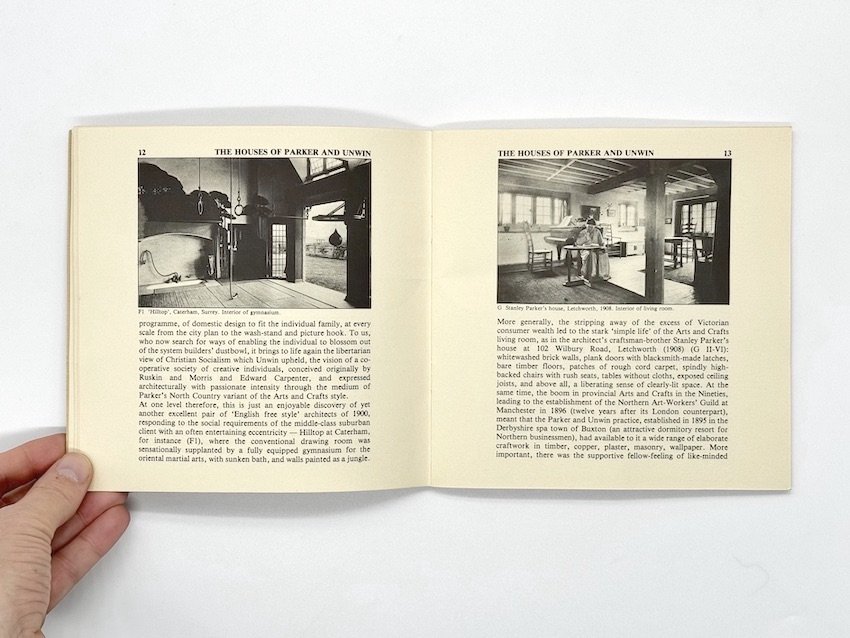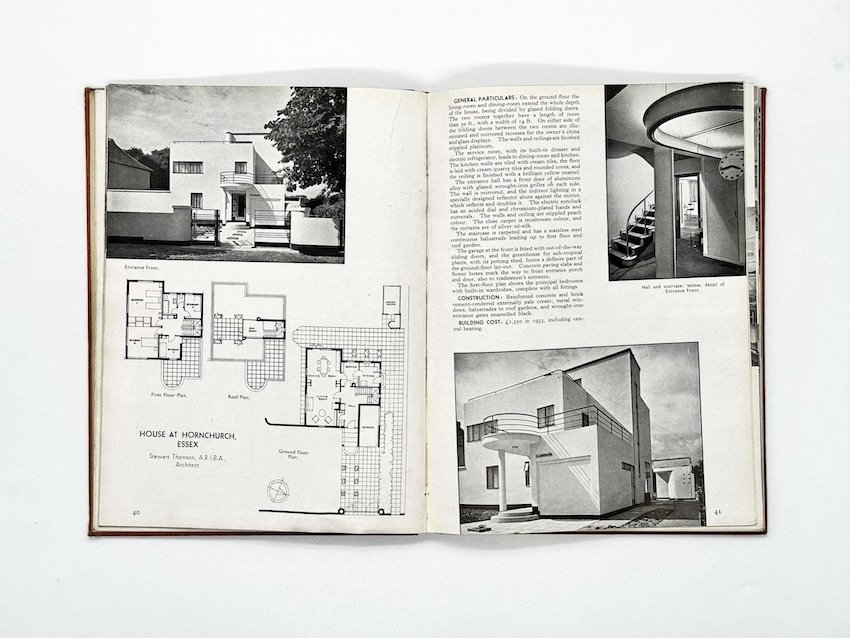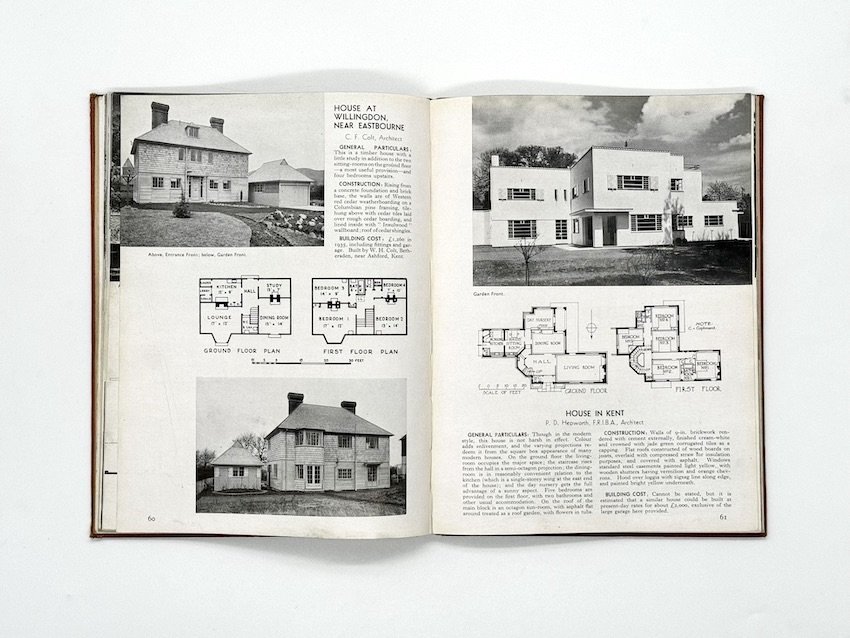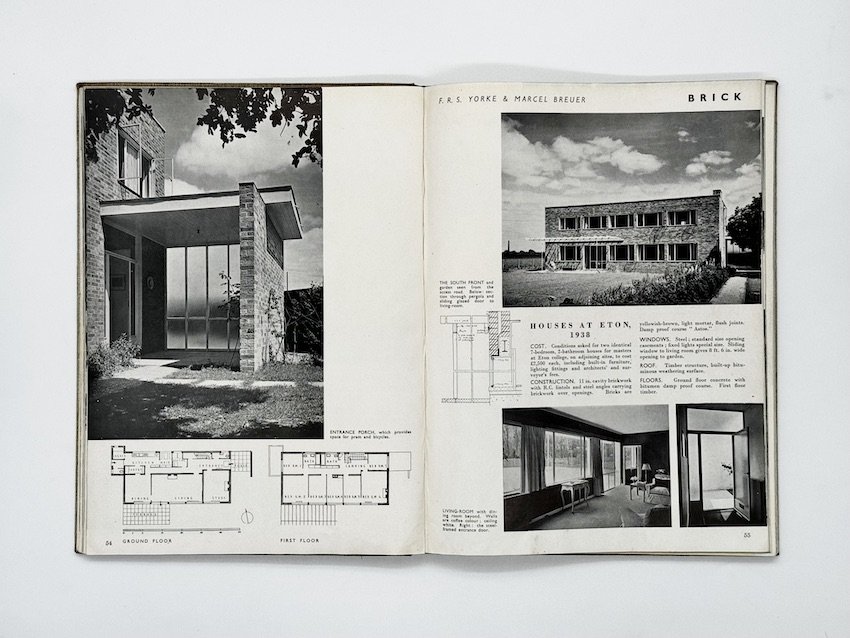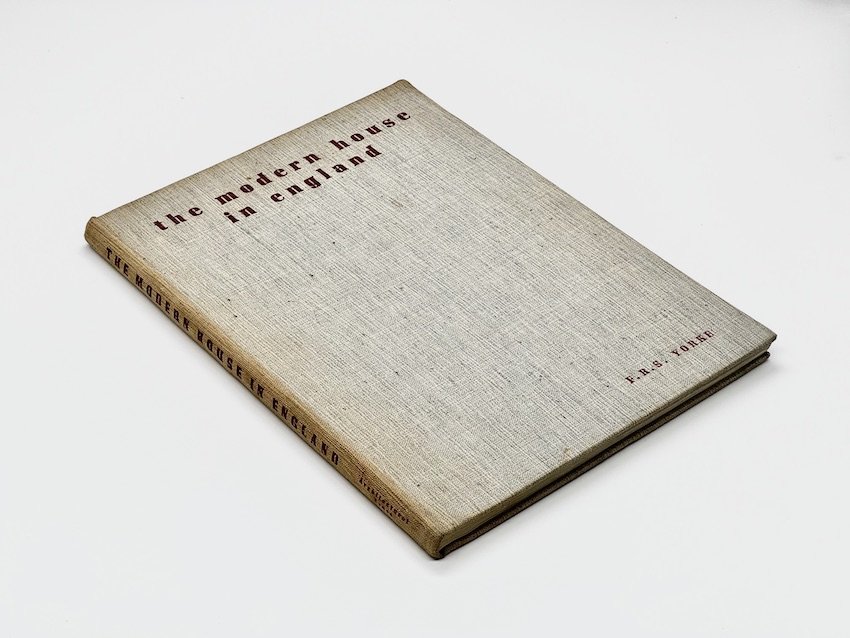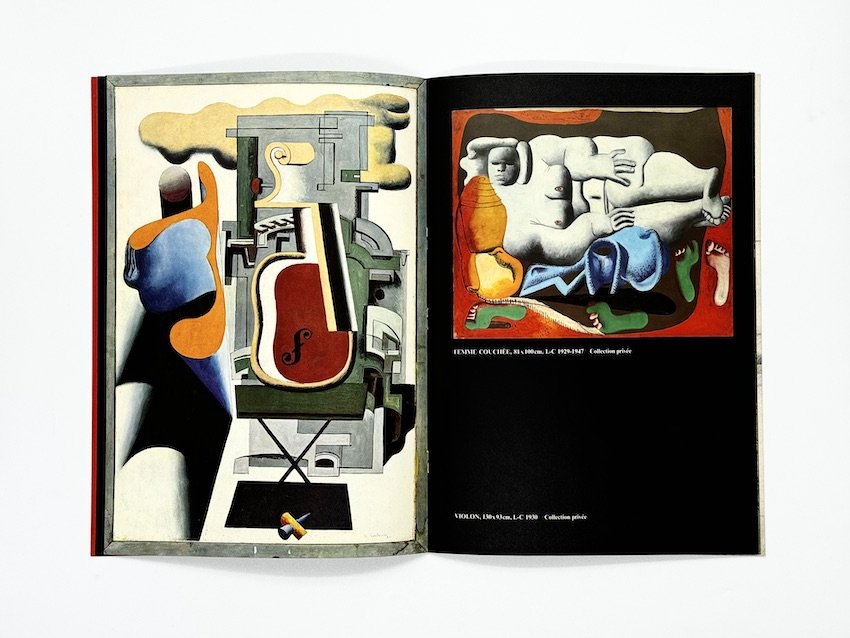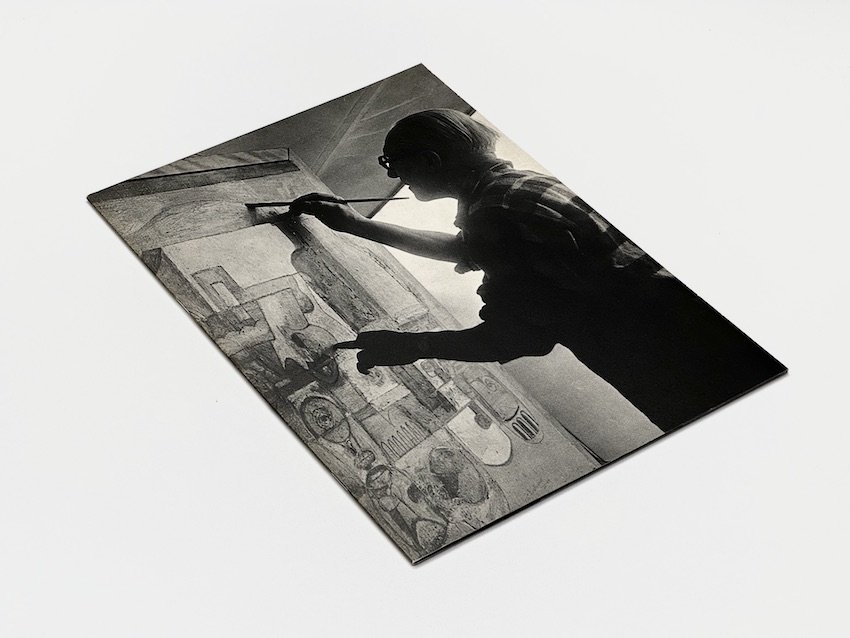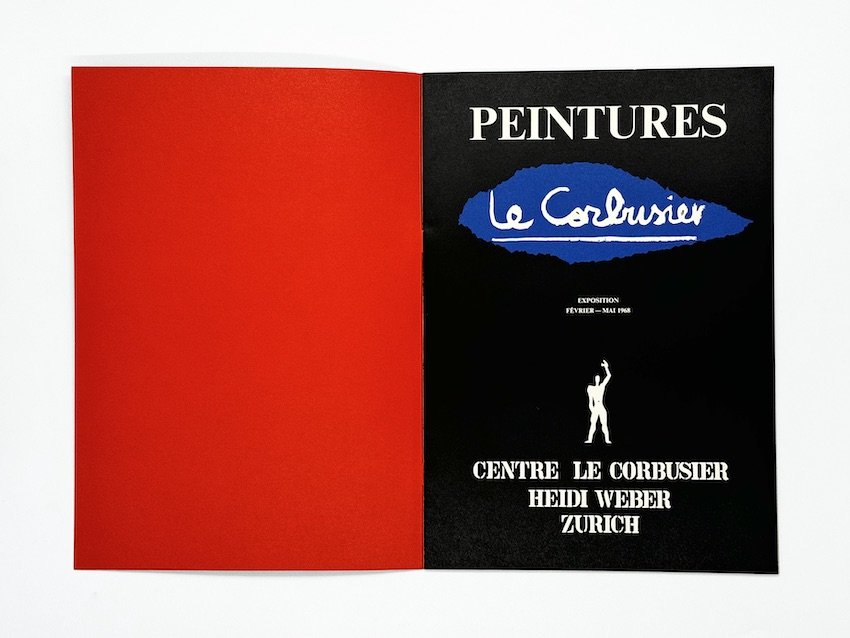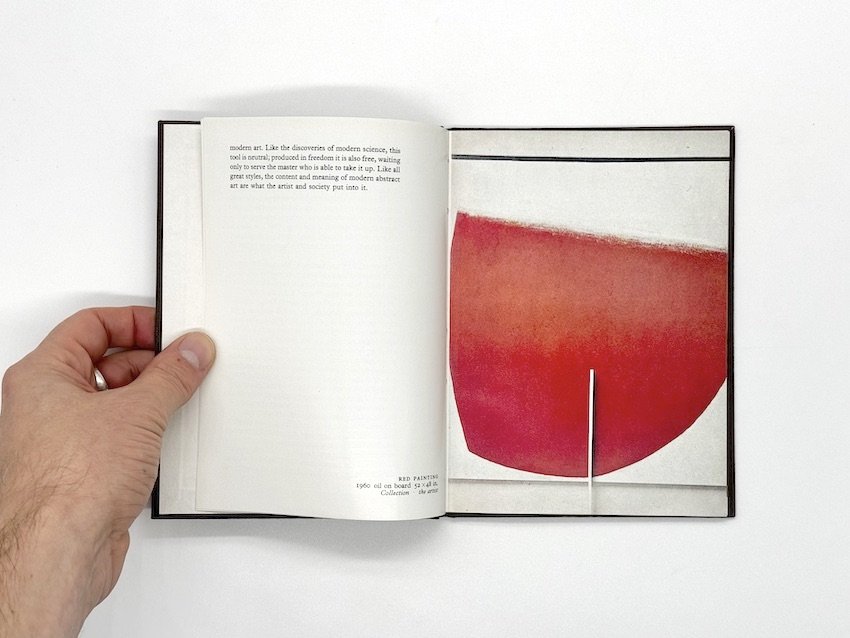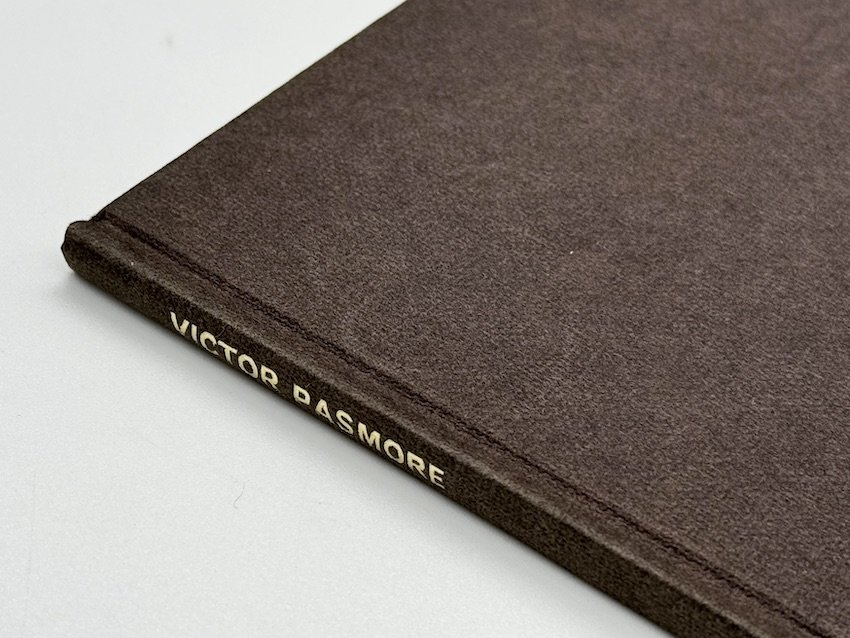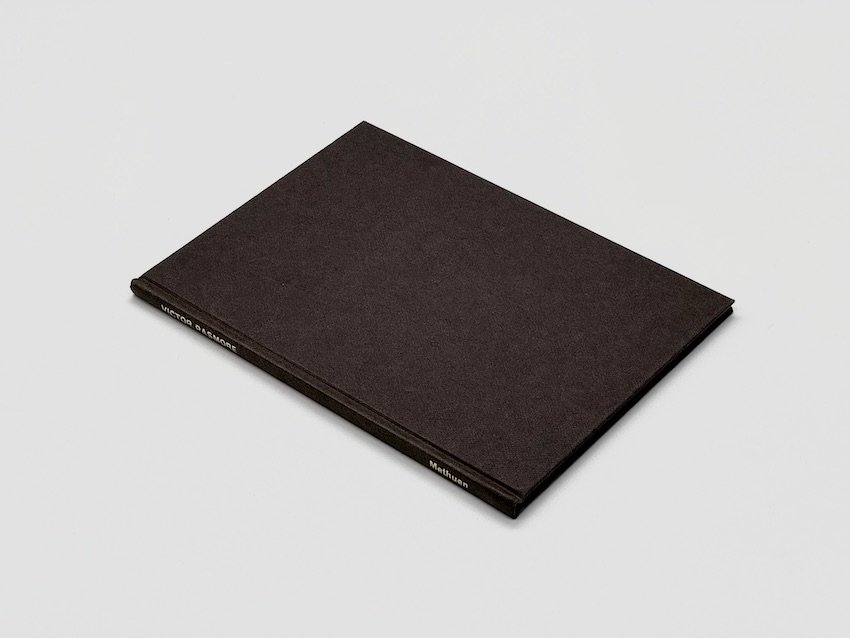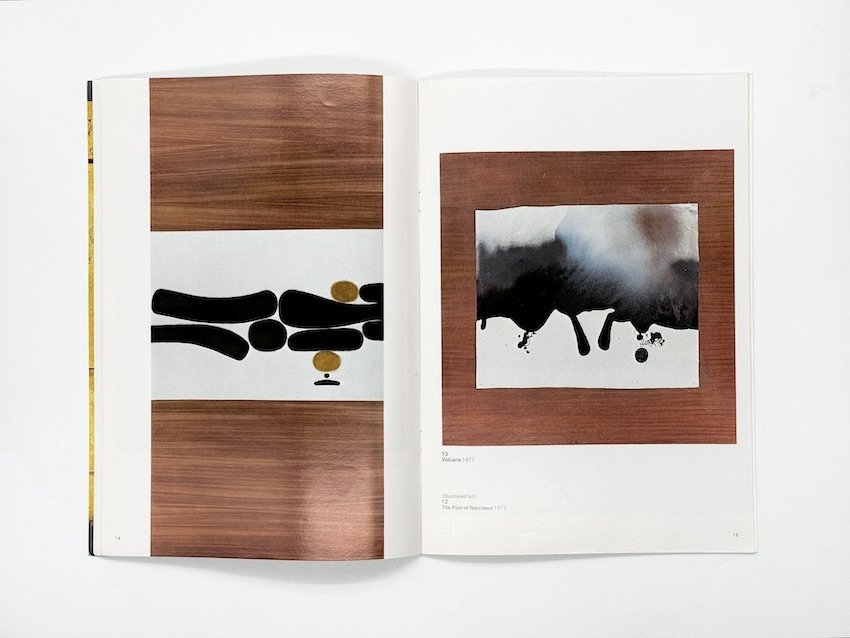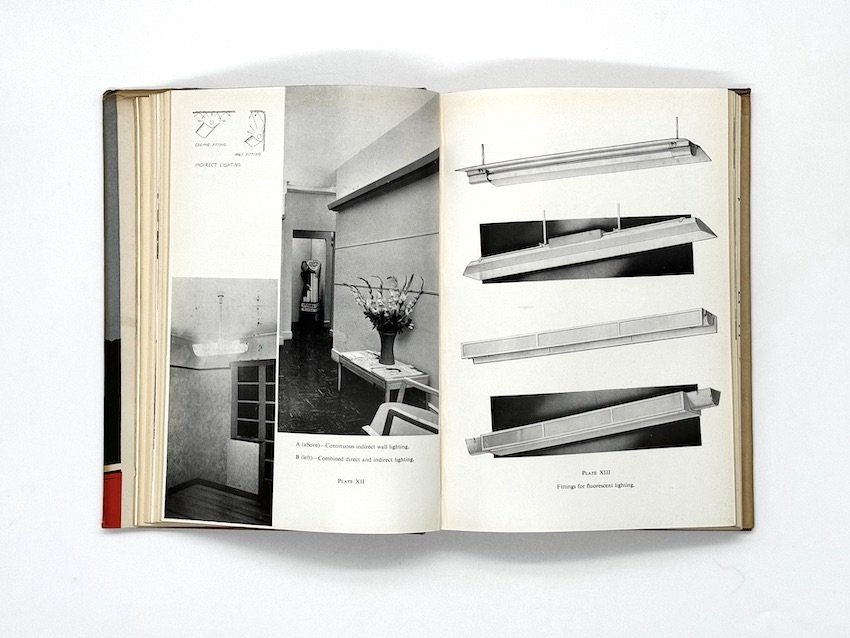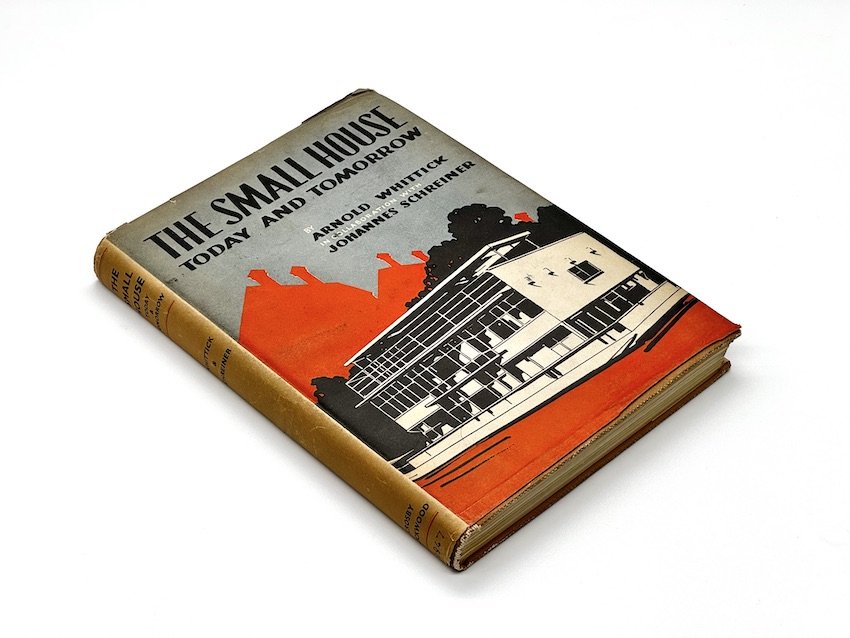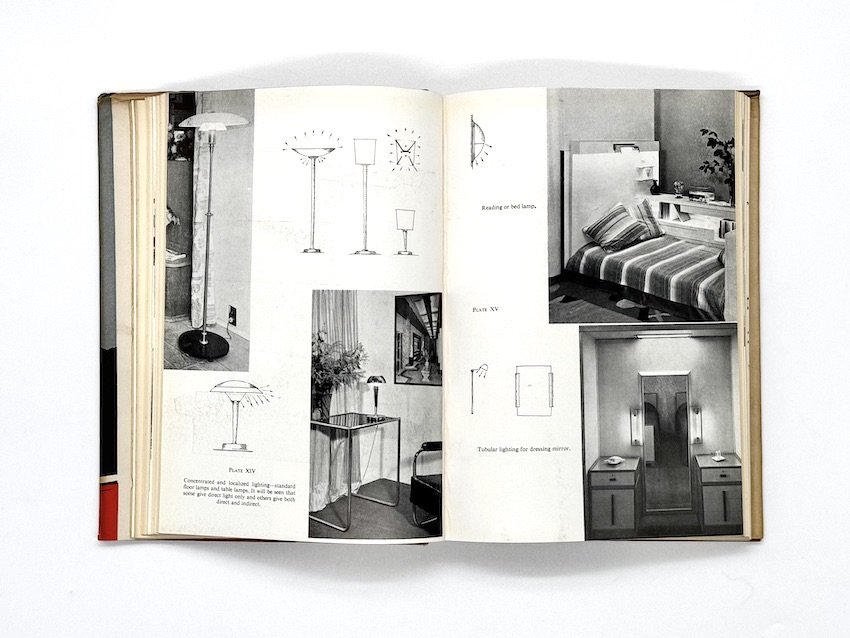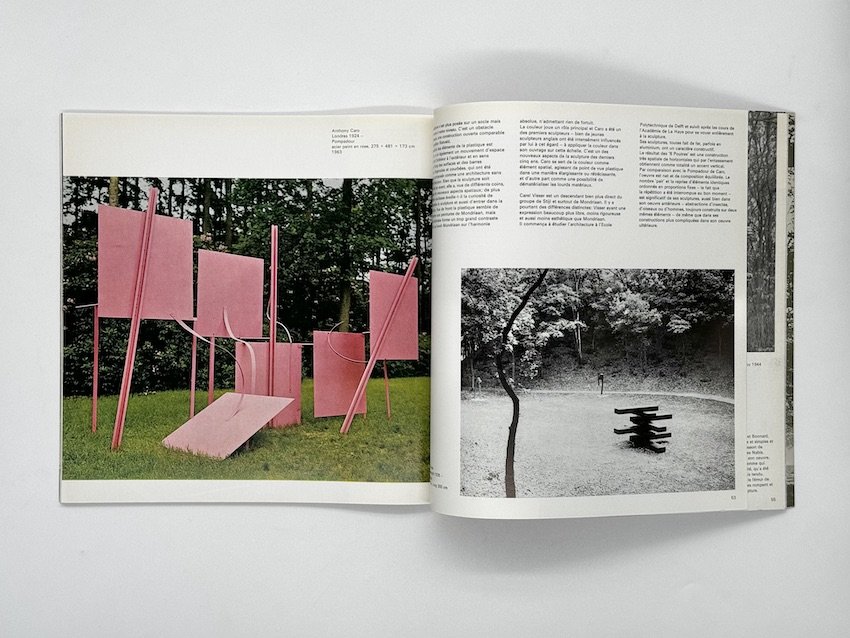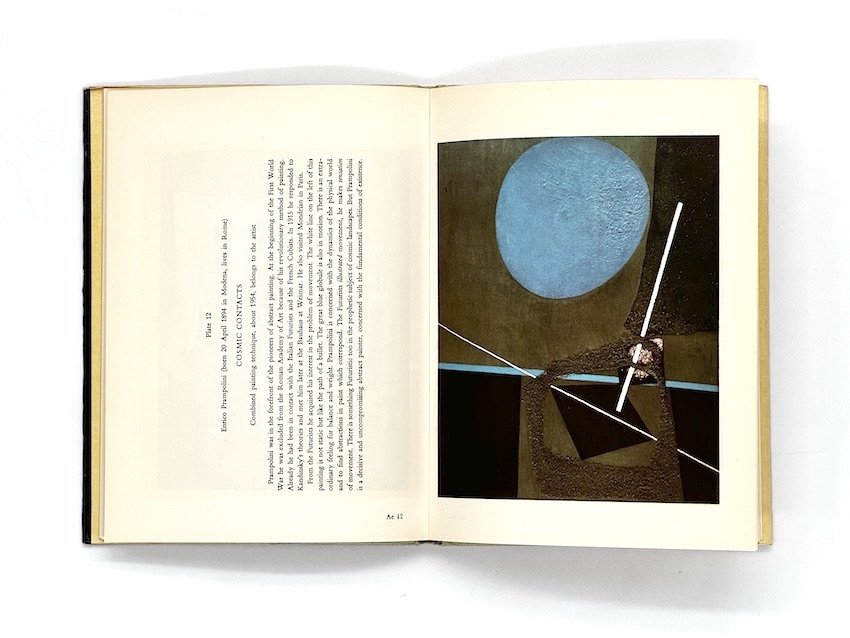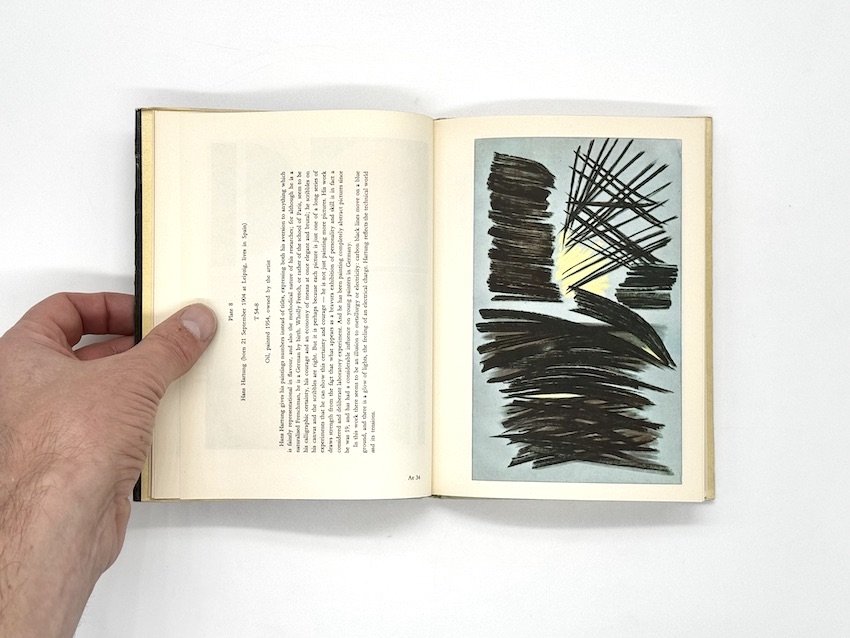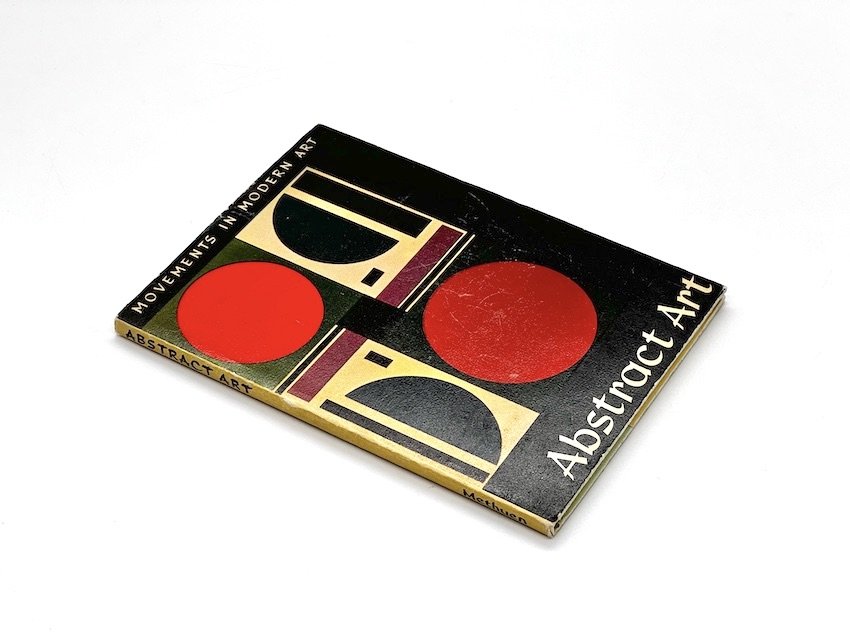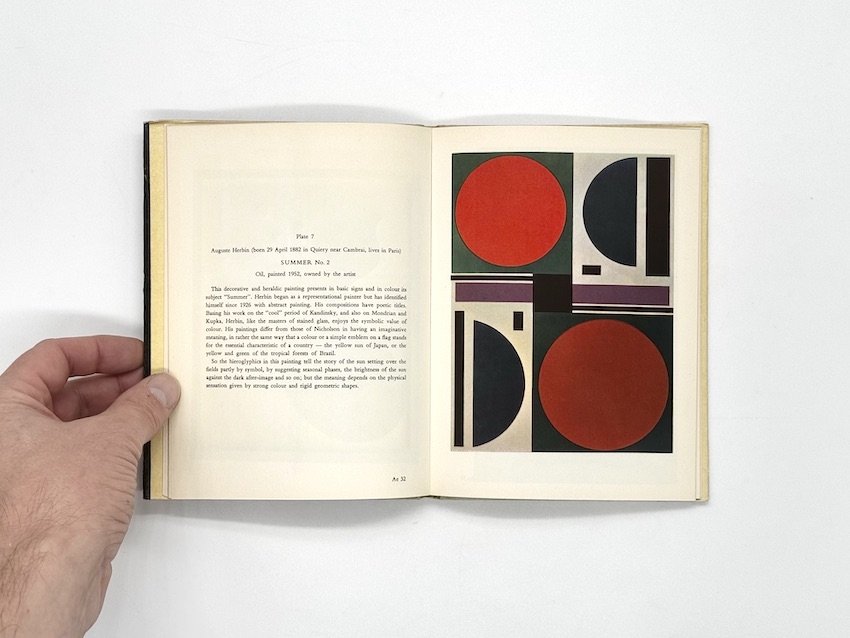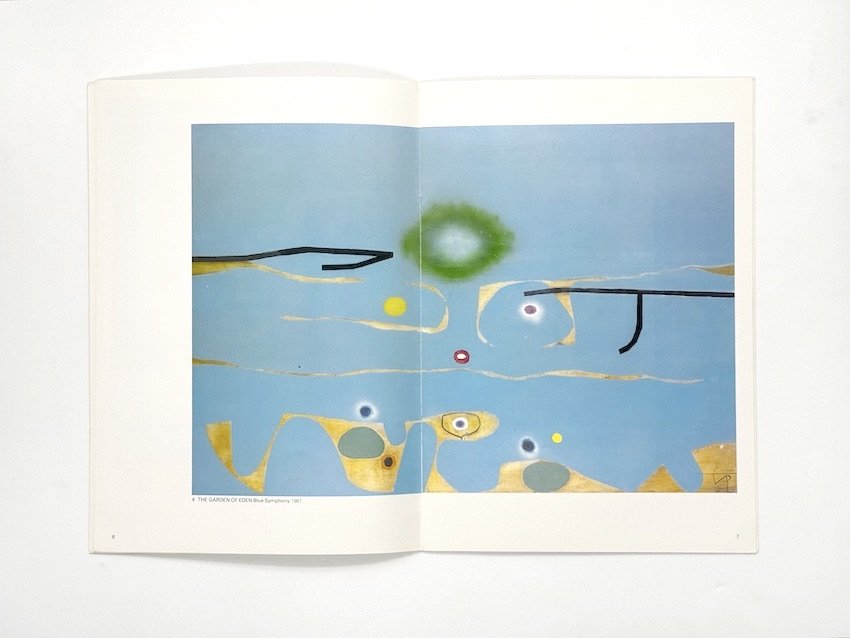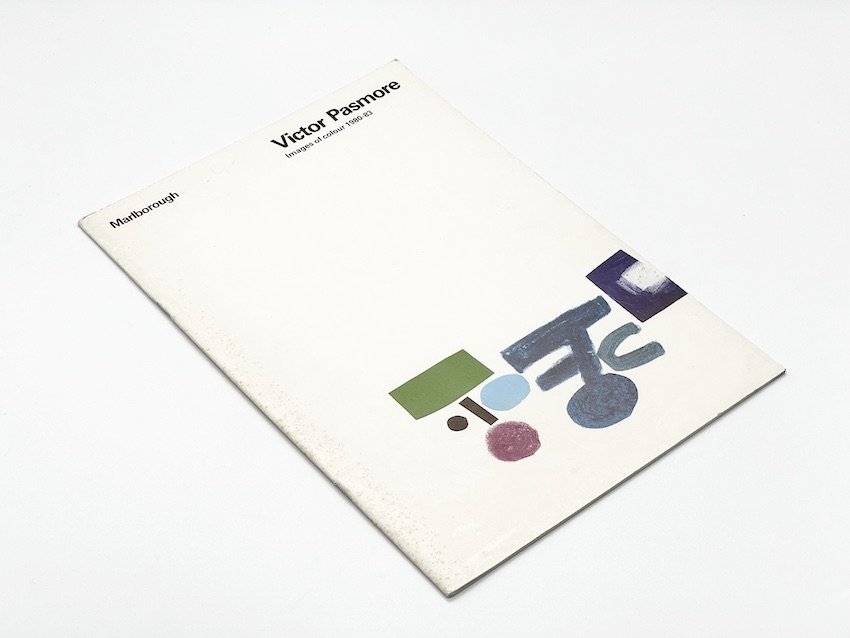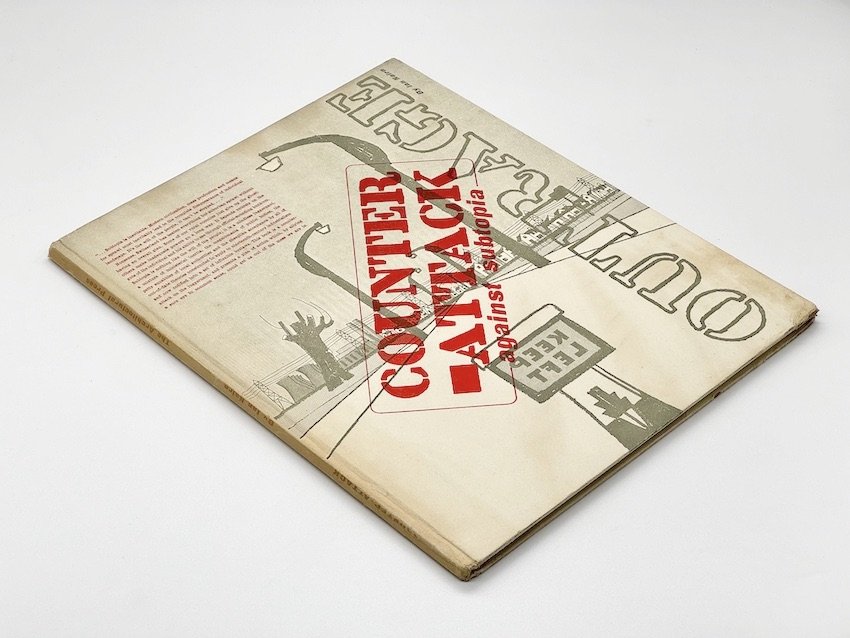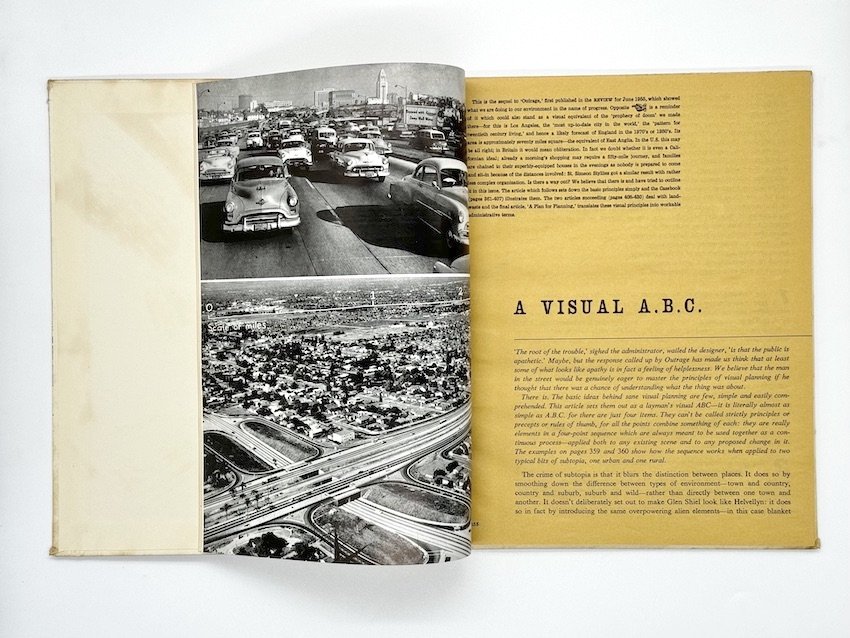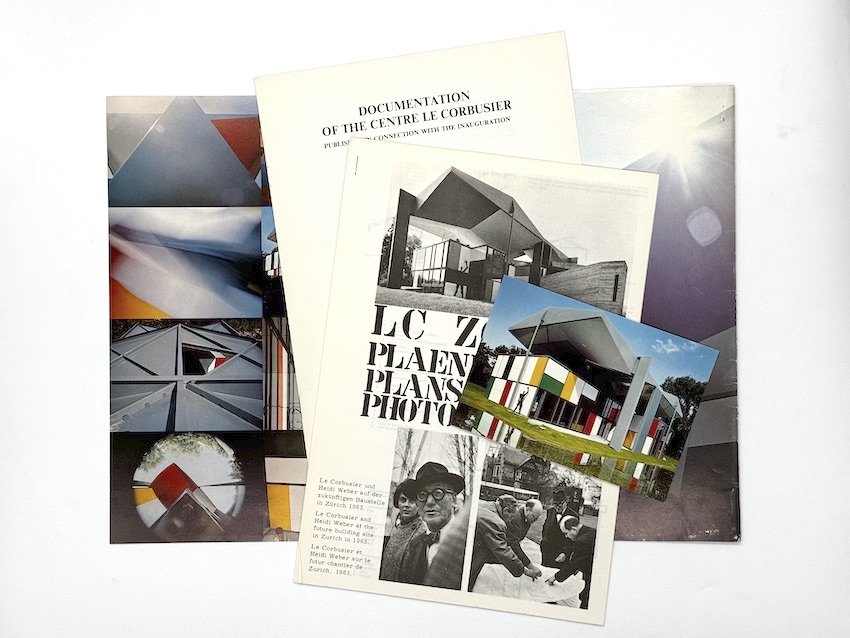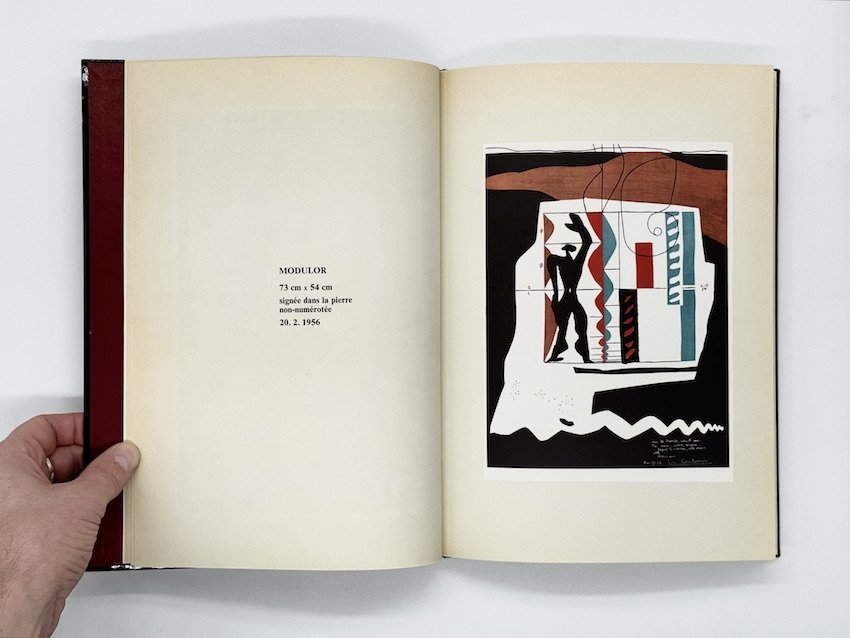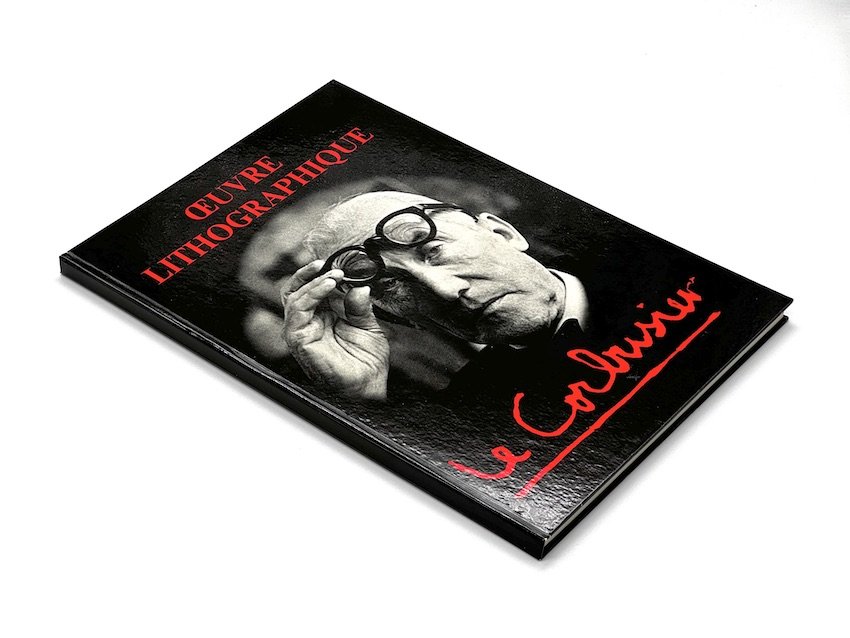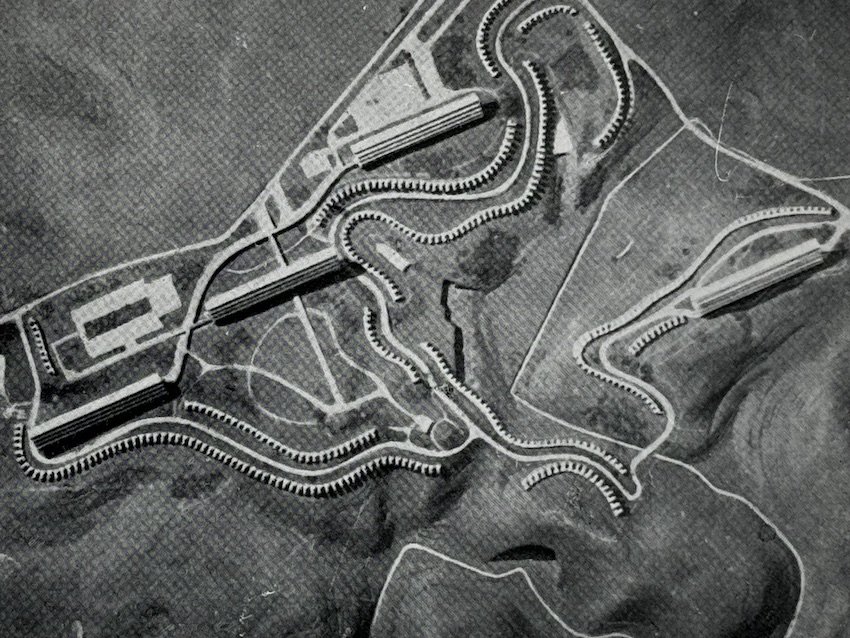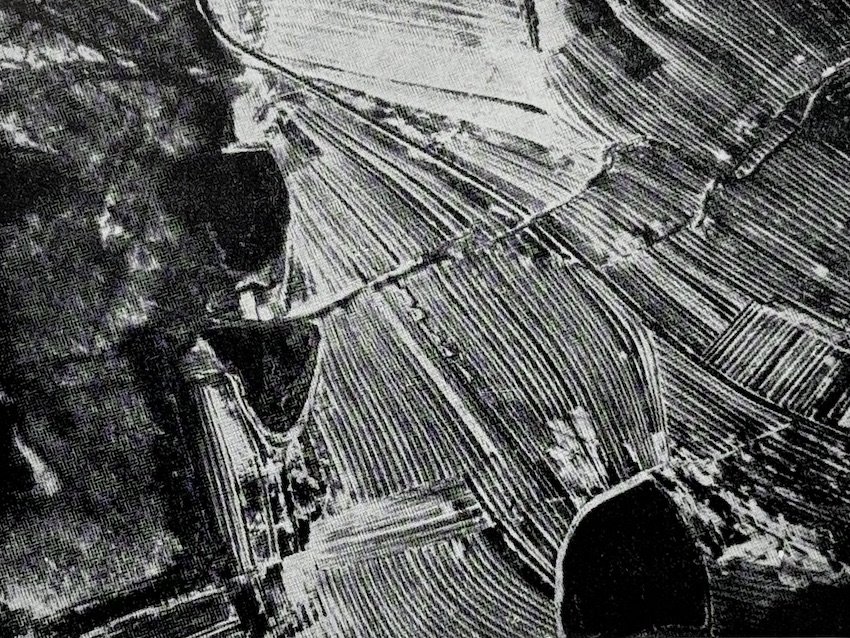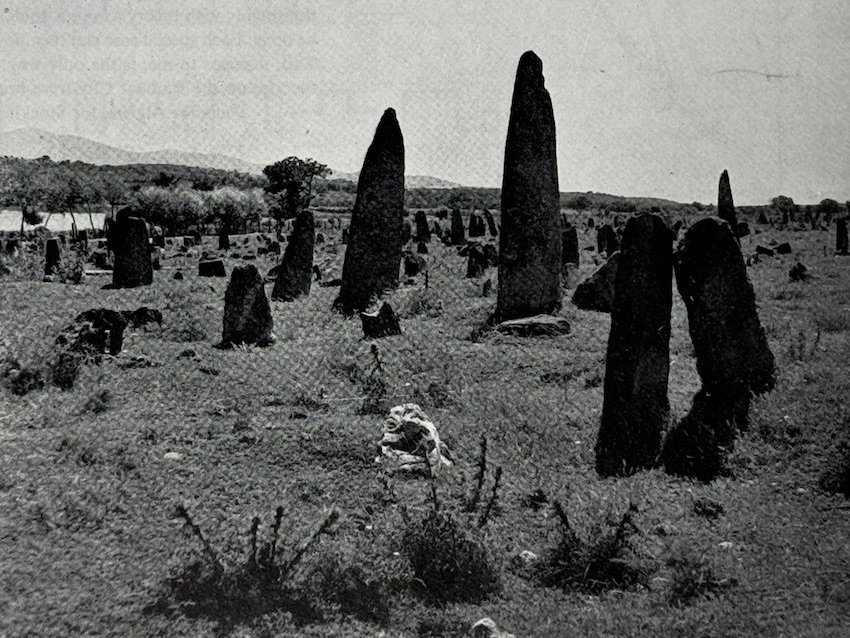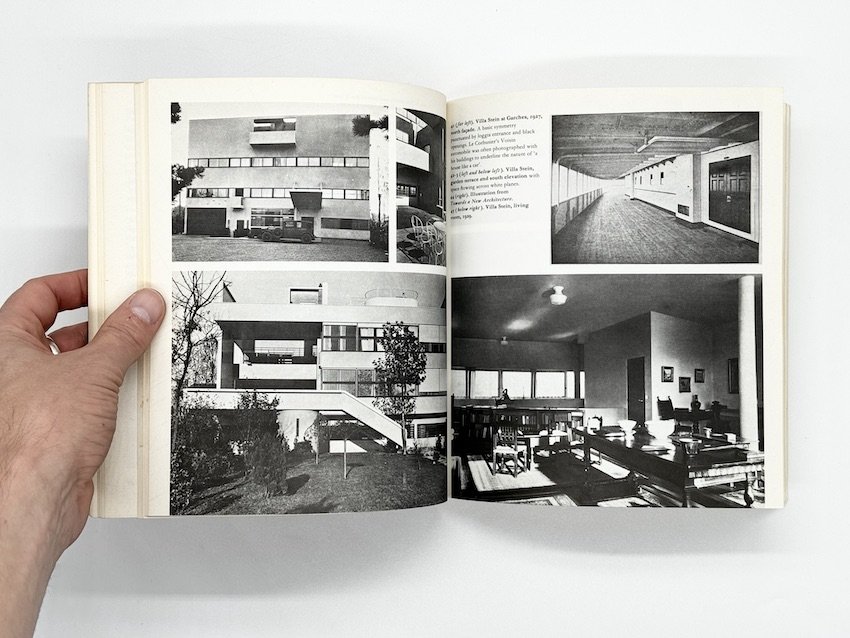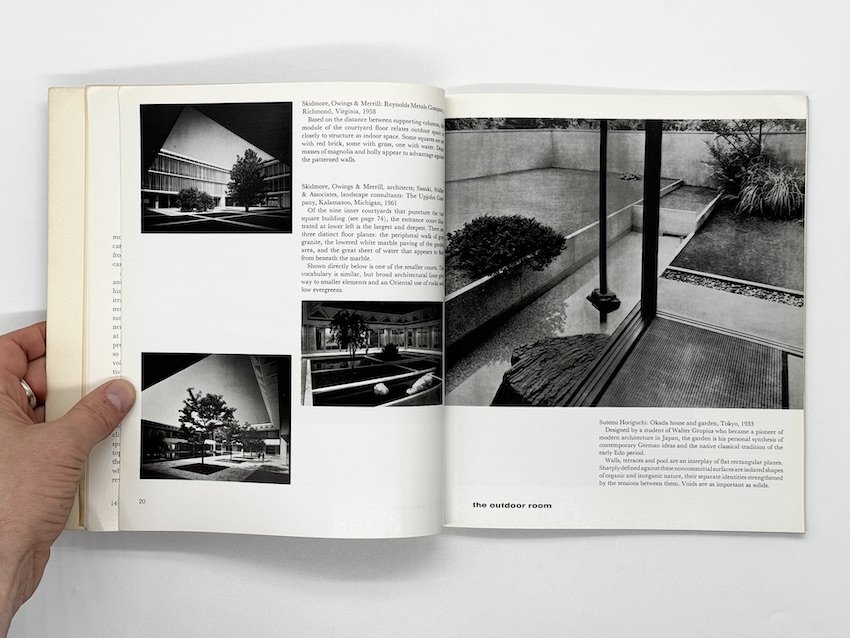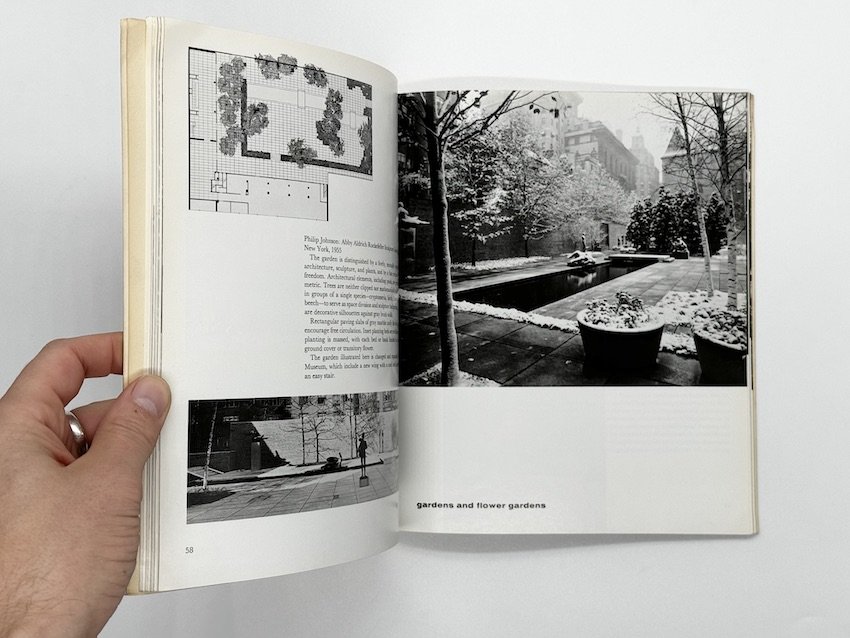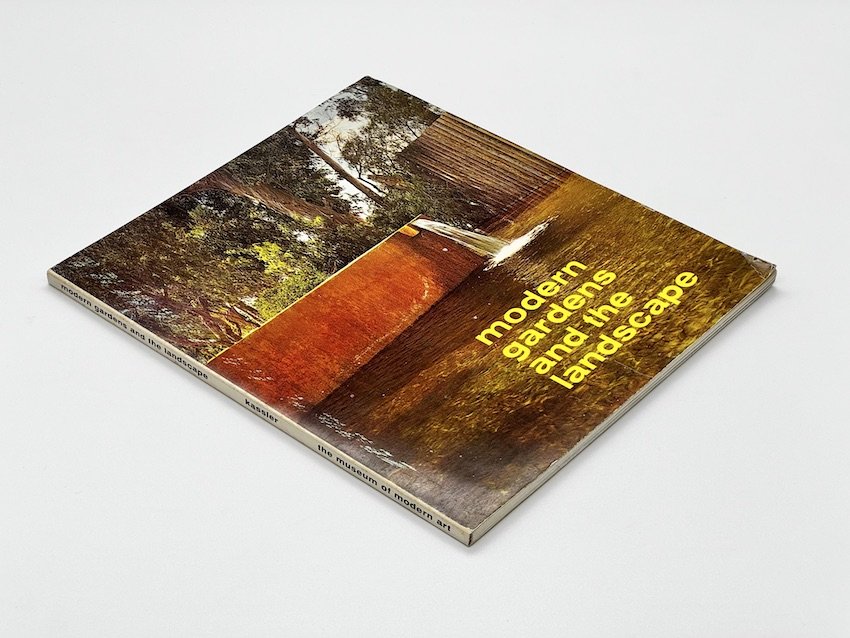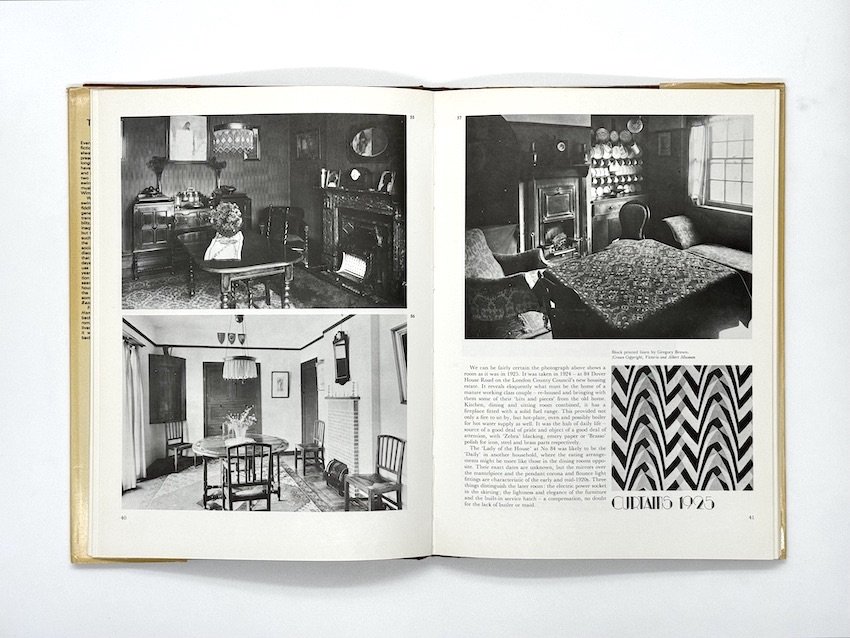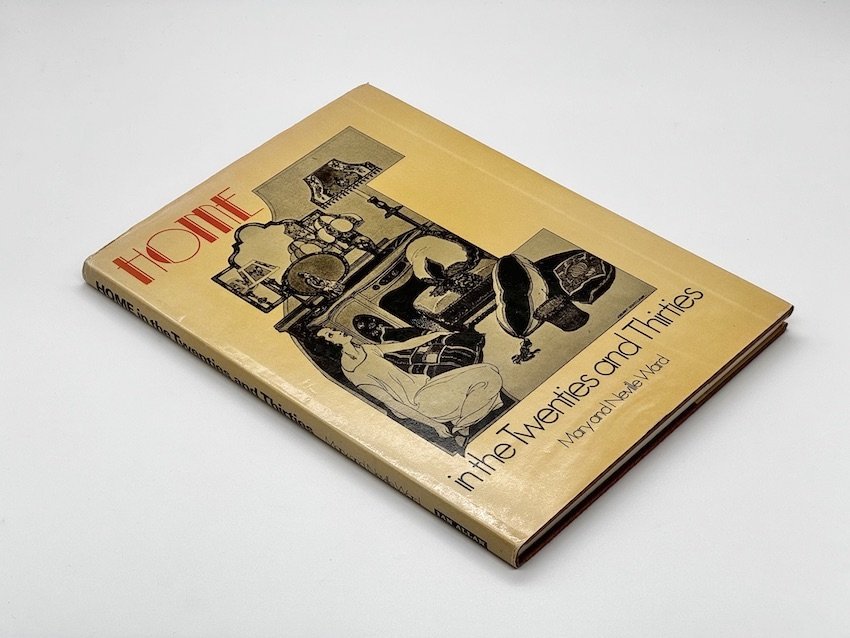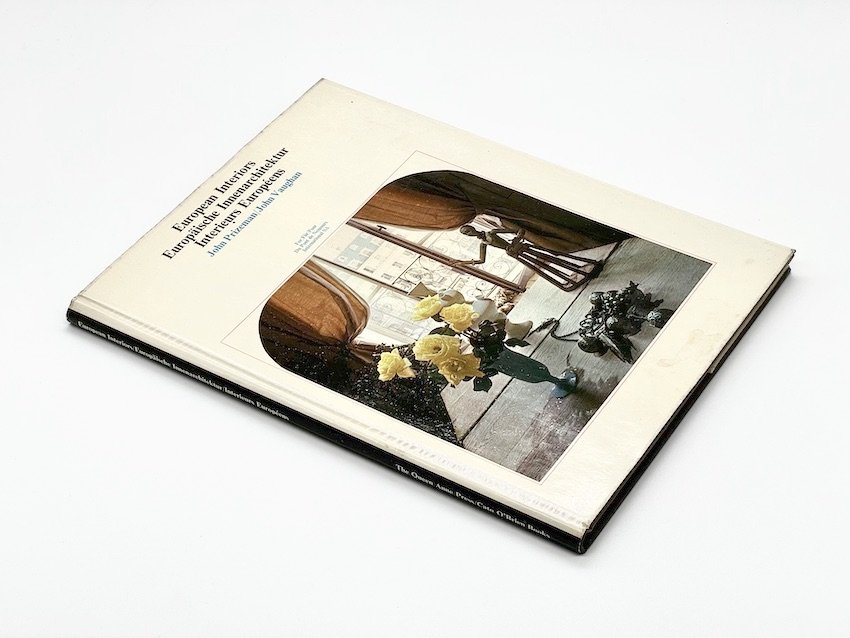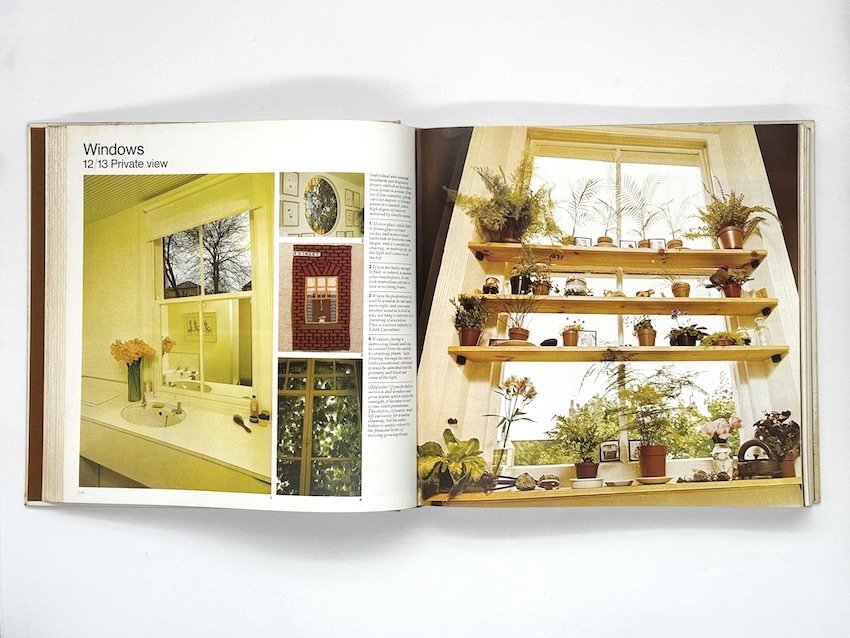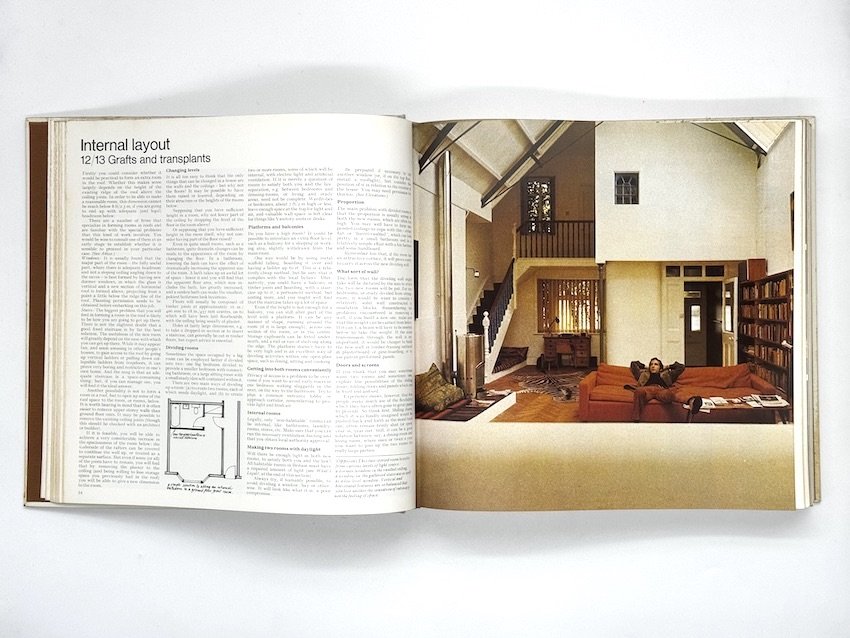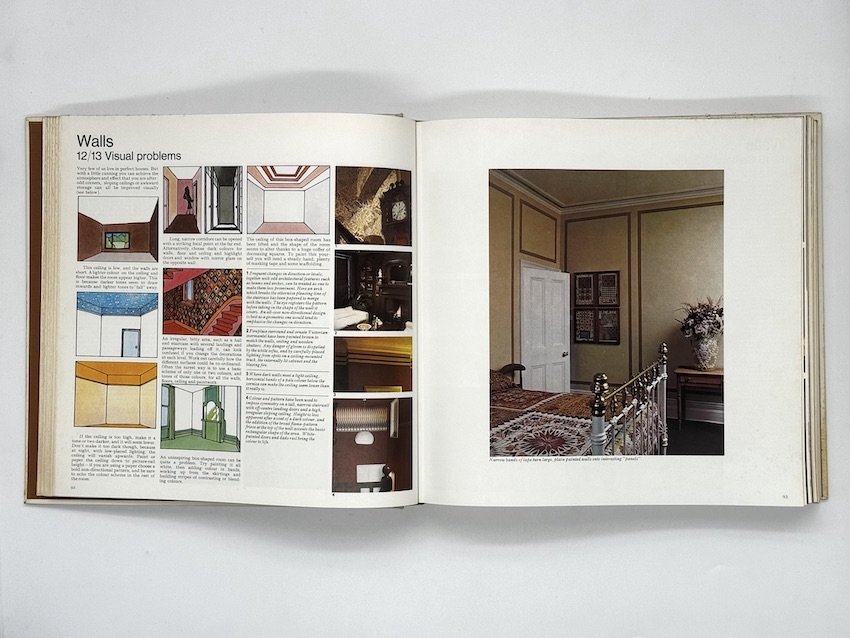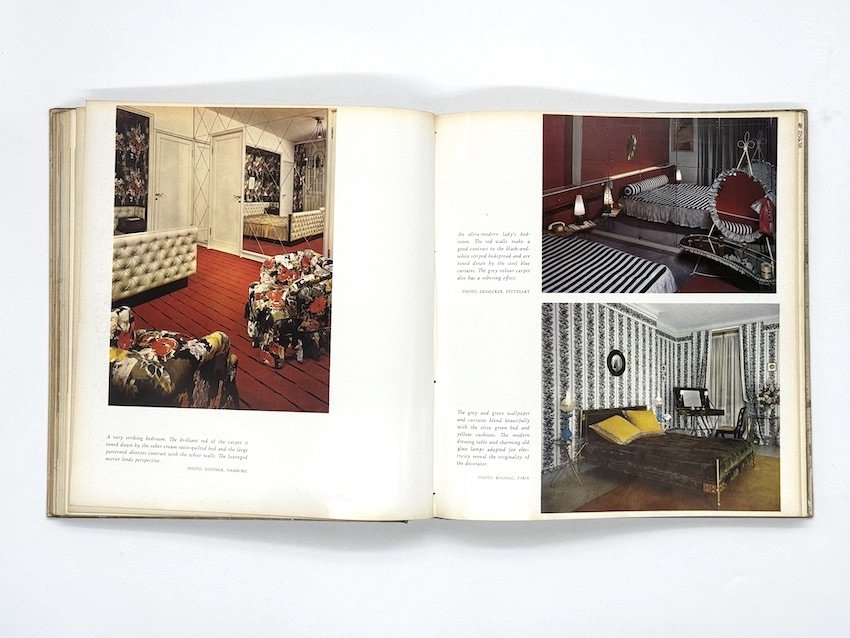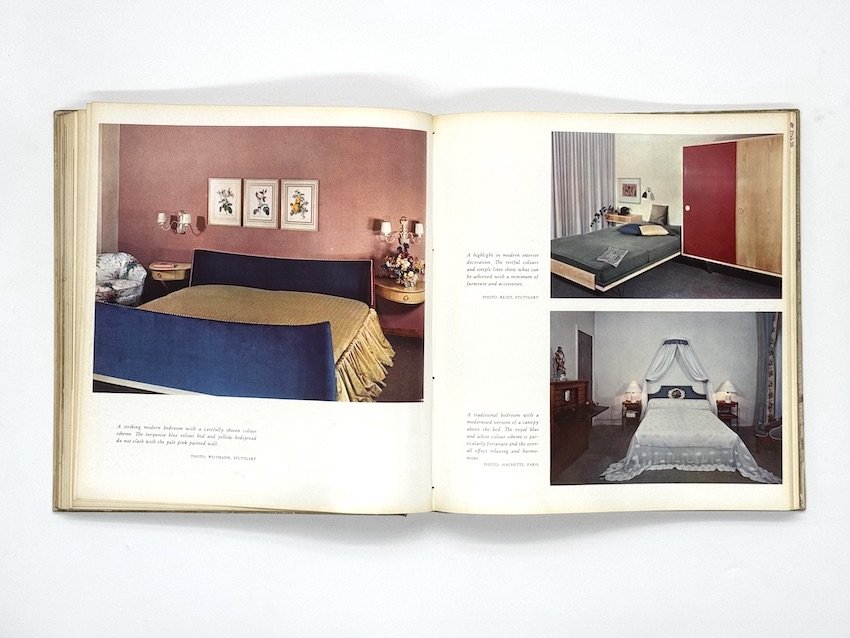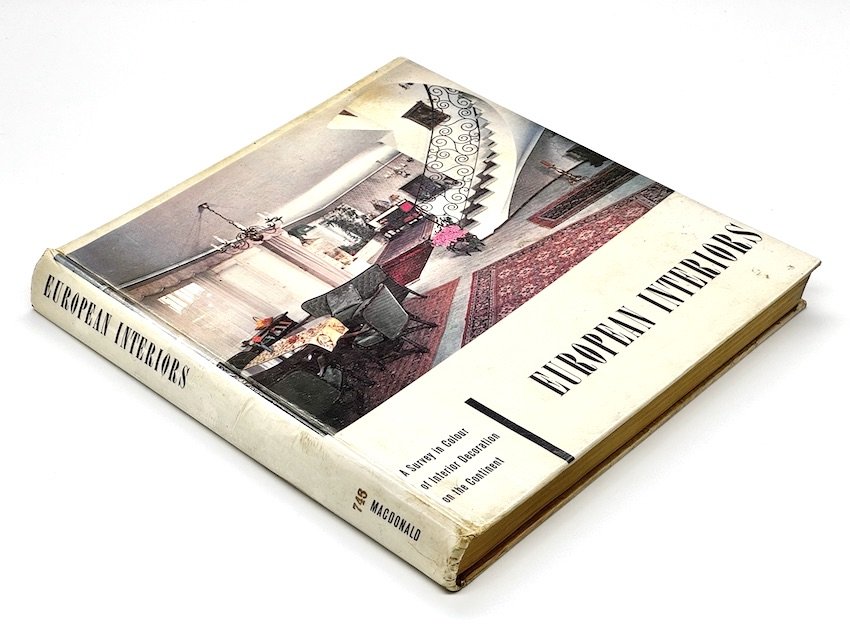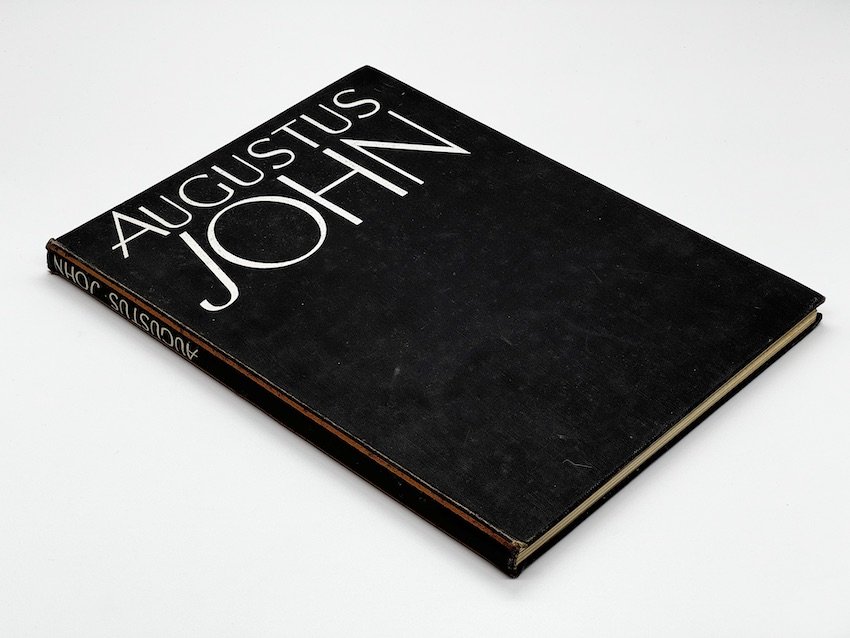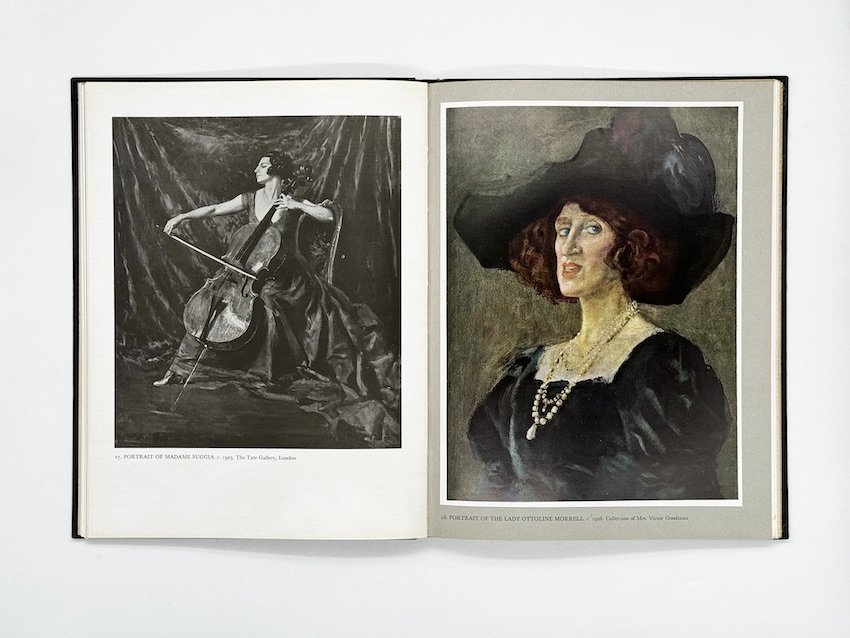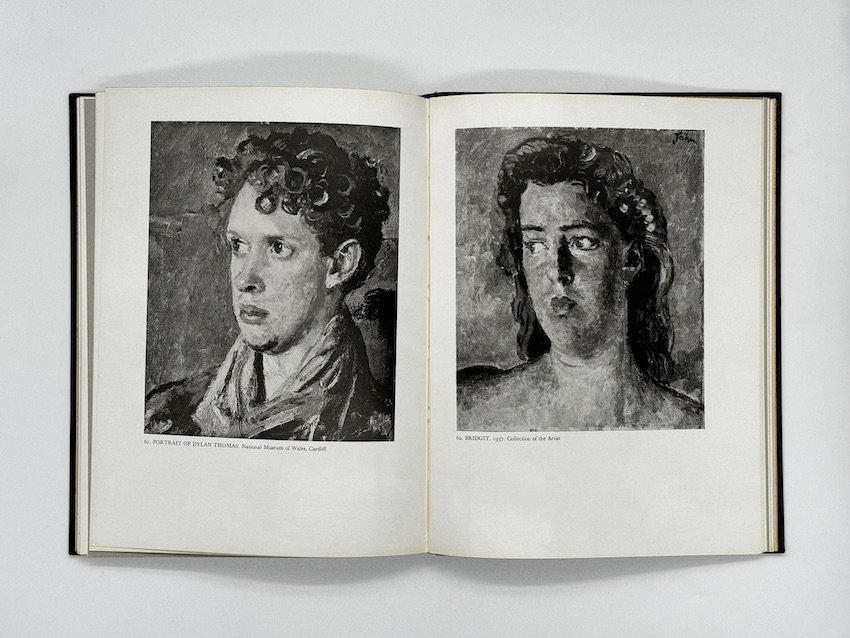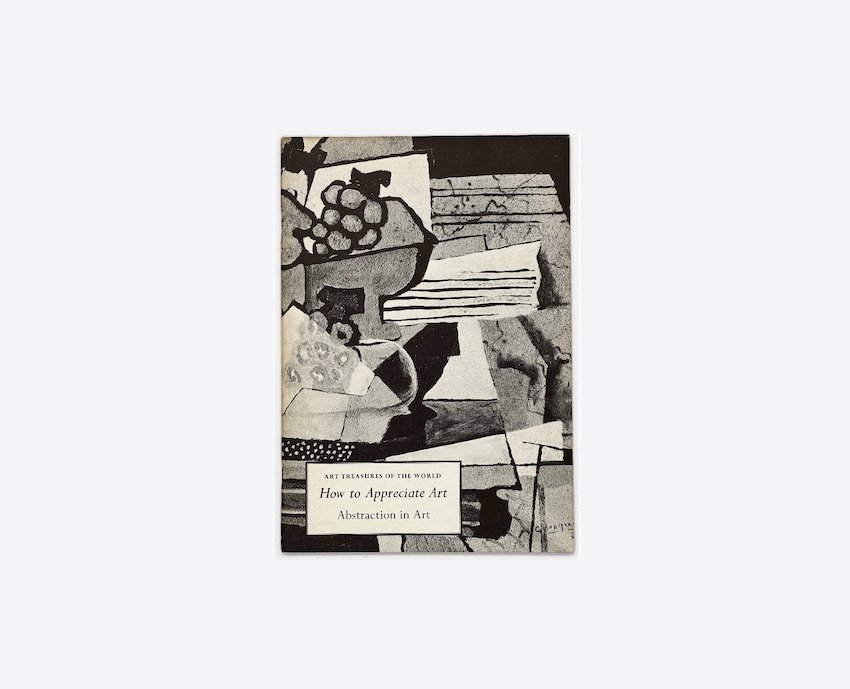Artist-Architect:
Franc Dixon & Victor Pasmore at Peterlee.
Room & book is pleased to present select material from the library of the late Franc Dixon, architect (1928-2019), perhaps most well known for his collaboration on Peterlee New Town with Peter Daniel and Victor Pasmore.
Franc Dixon was born in Hartburn Village, Stockton-on-Tees, later his parents moved the family to Mitre Street only 100 meters from the Steel Works where there was “plenty of smoke and soot”. Dixon described his father as an Artisan and both parents were avid readers. At school he was a top student and won a provisional place at Oxford to study history of art, however not having the prerequisite Italian, at 15 he sat for and passed the entrance exam to read Architecture at Durham University where he began his degree in 1945. At the end of his fourth year he married, joined the Royal Engineers and completed his thesis for registration as an architect. After demobilisation he was appointed junior lecturer at the Middlesex College of Art and Technology, before taking up positions on the developments at Hemel Hempstead in 1952 and Wellyn Garden City in 1954.
In 1955 Dixon was appointed architect for the Design and Planning Unit of Peterlee New Town (DPU) in County Durham named after the well-known miner and councillor Peter Lee. Dixon joined the distinguished architect Peter Daniel and the artist Victor Pasmore forming an integrated working relationship between architects and artist. Dixon wrote that is was a return to his roots. “We were to work together on equal level to develop a new approach… The experiment of an architect/artist collaboration in the total planning and design of a new section of Peterlee New Town was conceived […] as an attempt to overcome a deadlock. It was felt that a free independent artist, with sufficient authority and architectural sensibility might be capable of complimenting the architects if mutual understanding could be established. The choice of an abstract painter and constructivist was an obvious one because a great deal of this work is concerned with architecture in its pure form. […] It is a fact that, by himself, the architect has been unable to meet the challenge of the New Town; a challenge which implies the architecture of four-dimensional space, first demonstrated, not by architects, but by painters…”
In his private letters, Dixon wrote that in 1961 he, Daniel and Pasmore discussed the Peterlee project with British architectural writer J. M. Richards and agreed a statement expressing their aims which was published in the Architectural Review of February that year.
Dixon claimed that before publication Pasmore had contacted the magazine to explain that the sketch (shown above) which expresses the initial neighbourhood concept and was executed by Dixon in 1956, should be accredited to him (Pasmore). According to Dixon, the magazine assumed the signature should remain, so what became known as Pasmore’s much publicised first sketch always in fact carried Dixon’s signature. Dixon’s corrected copy of this issue of AR included in the collection below suggests a certain professional tension that may have existed between the collaborators.
Dixon’s arrival at Peterlee coincided with Pasmore’s appointment as Master of painting in the School of Fine Art, King’s College, University of Durham, a position he held until 1961. Pasmore had made his first abstract reliefs three years earlier, announcing that easel painting was dead; a development the critic Herbert Read labelled as the most revolutionary event in post-war British art.
Pasmore’s time at King’s paralleled the first five years of the Peterlee project and saw him involved in several other now iconic collaborations including with Ernö Goldfinger and Helen Phillips on This is Tomorrow at the Whitechapel Art Gallery in 1956, and with Richard Hamilton and Lawrence Alloway on ‘an Exhibit’ shown at Newcastle and the I.C.A. in 1957. Pasmore and Franc Dixon also collaborated on a project for a sculpture pavilion at Otterloo.
His progressive approach to teaching at King’s had significant influence. With Harry Thubron, Tom Hudson and Richard Hamilton, Pasmore developed the Basic Design course which would alter art education for generations. The groundbreaking ideas behind Basic Design were presented in The Developing Process, a collaborative exhibition organised by Hamilton and Pasmore, with an accompanying catalogue designed by Hamilton, first presented at the Hatton Gallery and then at the ICA, London in 1959. As Elena Crippa and Beth Williamson have written “The first text in the publication, Pasmore’s ‘A Developing Process in Art Teaching’, acted as a one-page manifesto advocating a radically new art training, founded on abstraction rather than figuration, through the introduction of new foundations in art training, on a scientific basis, in all schools of art and technology.” Franc Dixon’s copy of the exhibition catalogue designed by Hamilton is included in the collection below.
Dixon and Daniel left the Peterlee project in 1961 but Pasmore continued his work there into the 1970s. His iconic Apollo Pavilion, a constructivist sculpture bridging the lake at Peterlee and considered the U.K.'s first work of public art that merged the disciplines of art and architecture, was completed in 1969. Pasmore called it “...an architecture and sculpture of purely abstract form through which to walk, in which to linger and on which to play, a free and anonymous monument which, because of its independence, can lift the activity and psychology of an urban housing community on to a universal plane”




